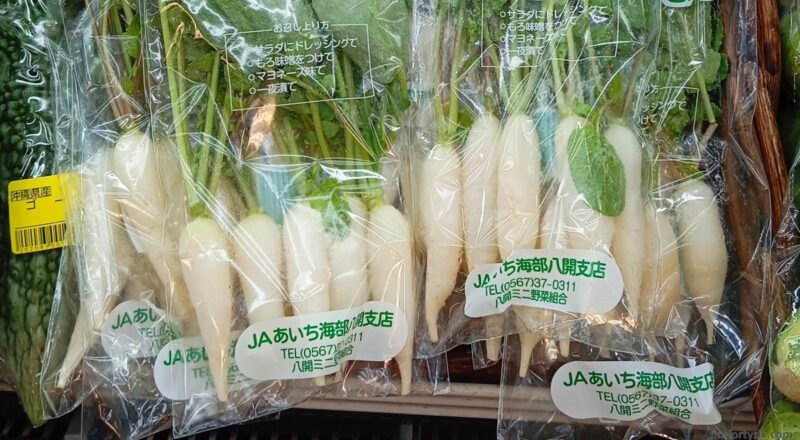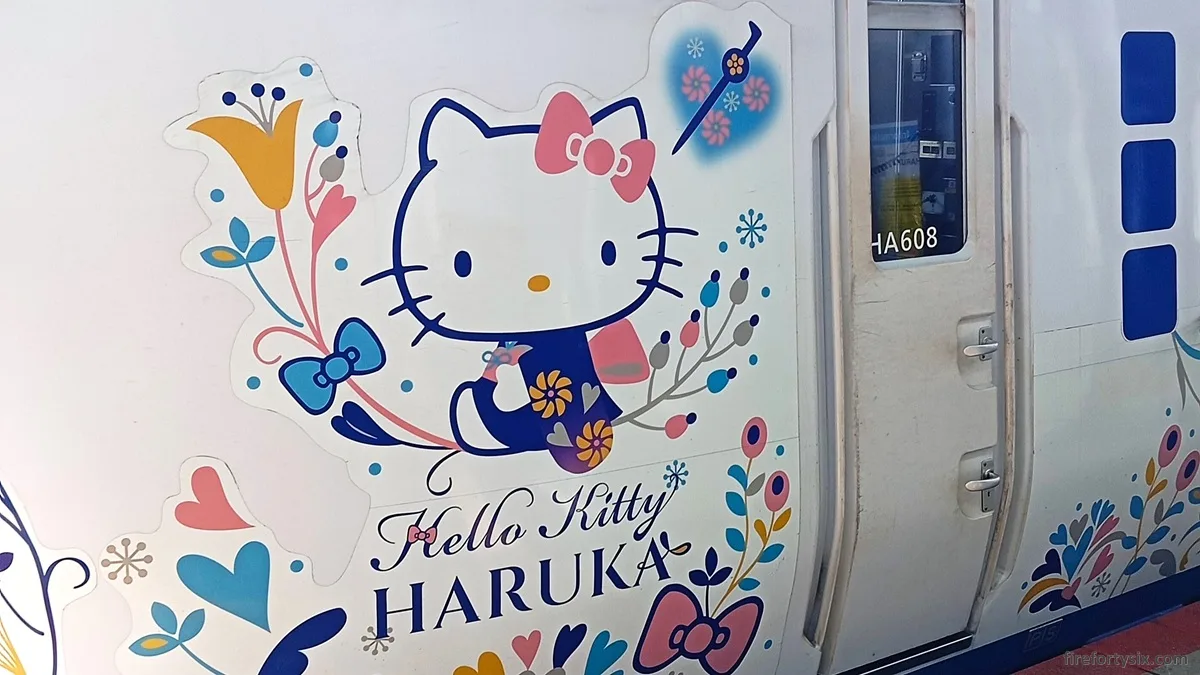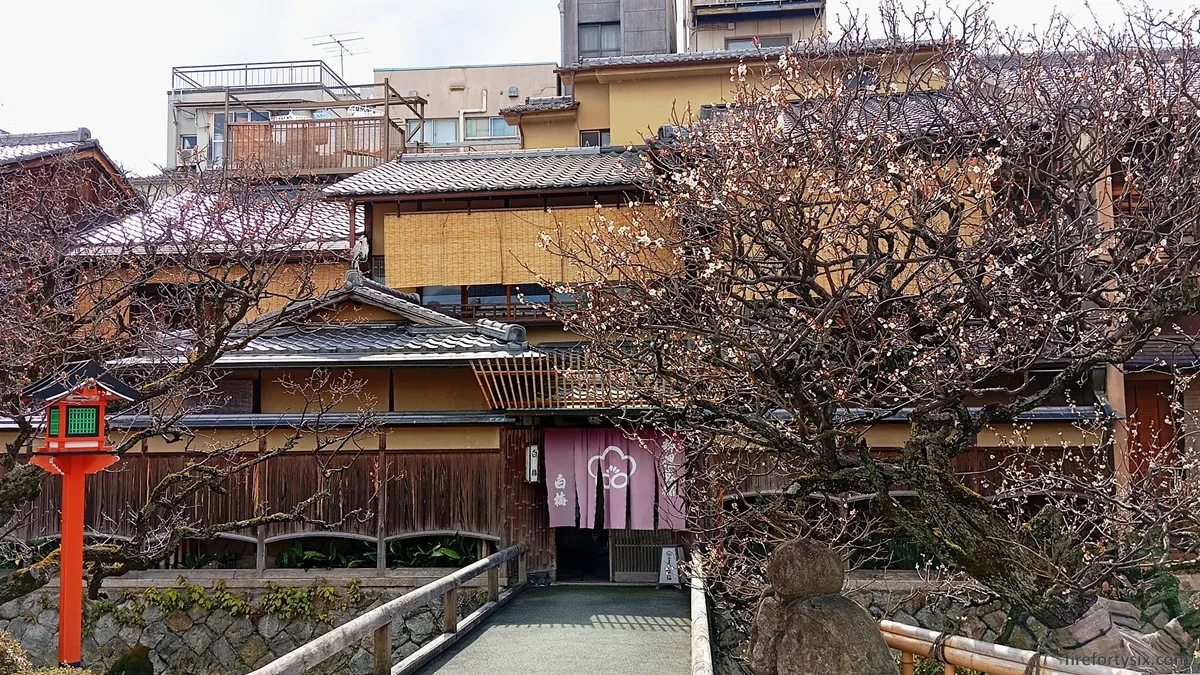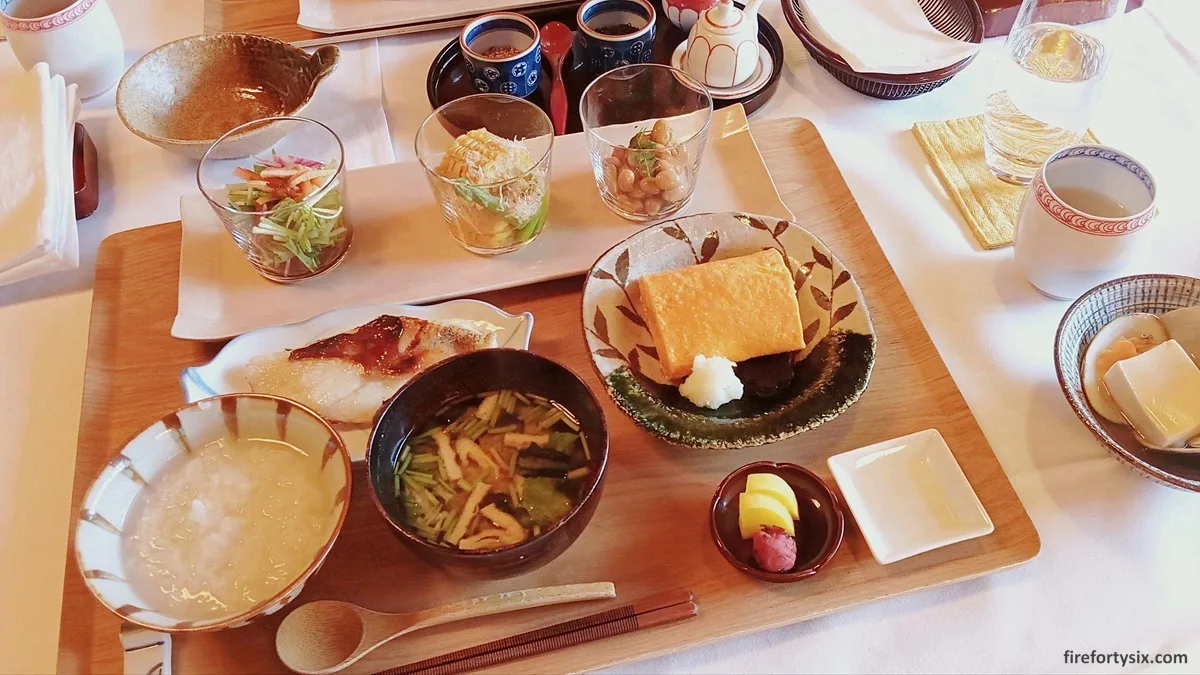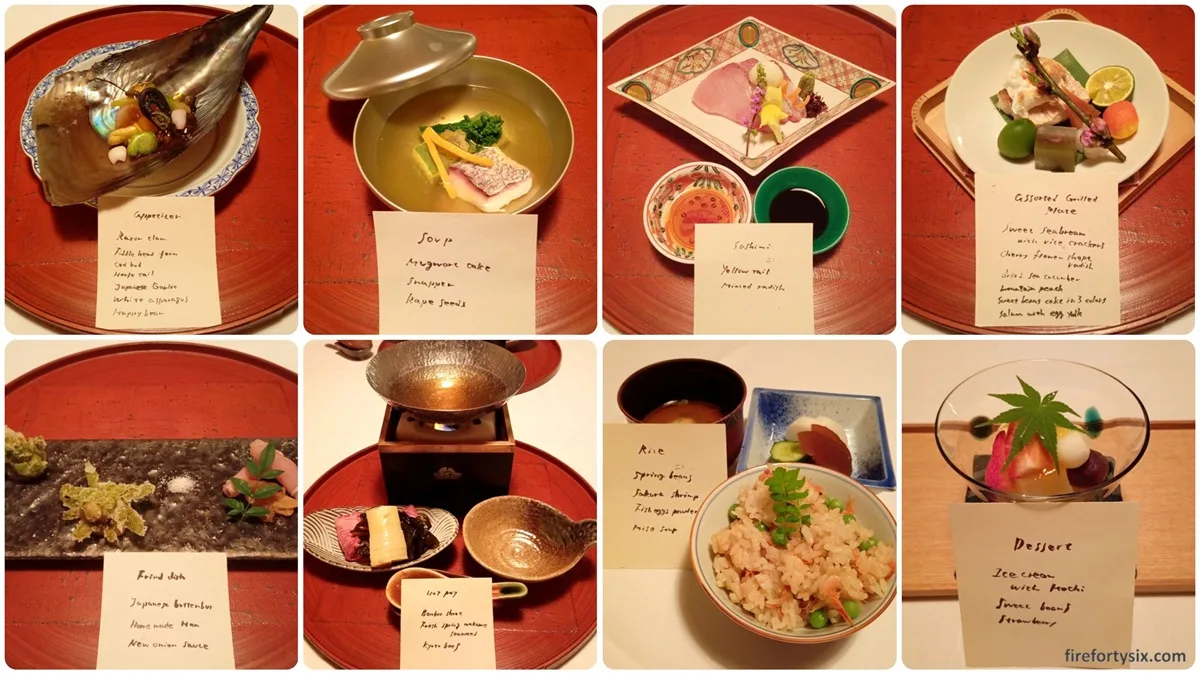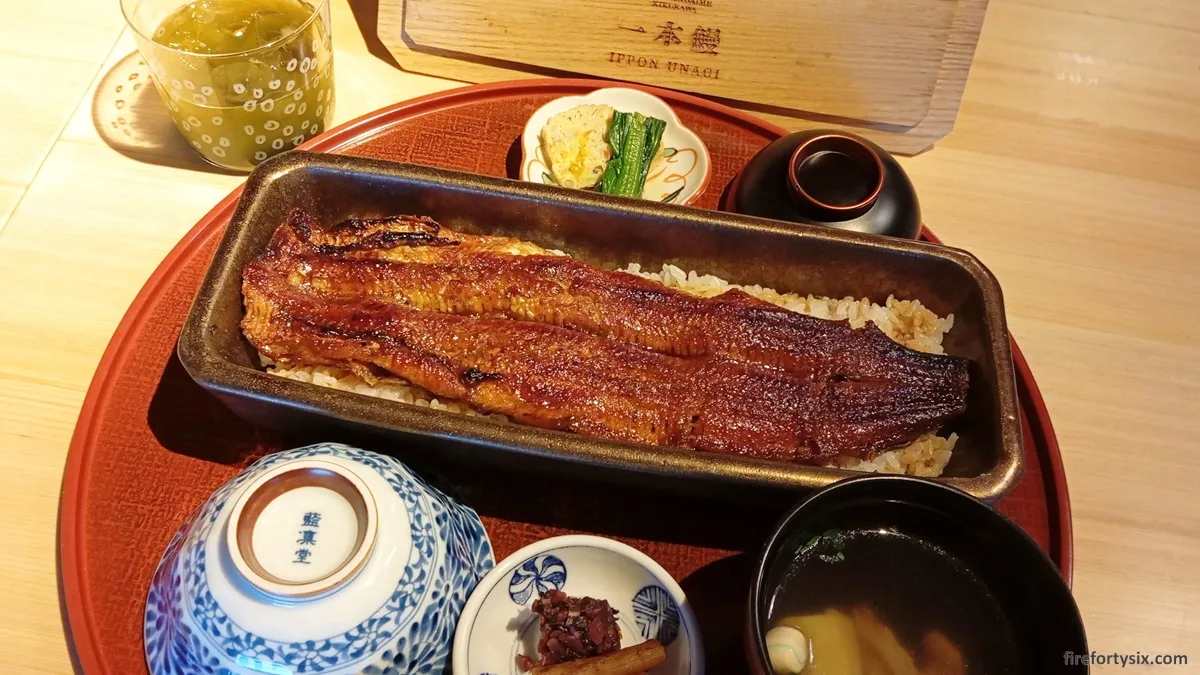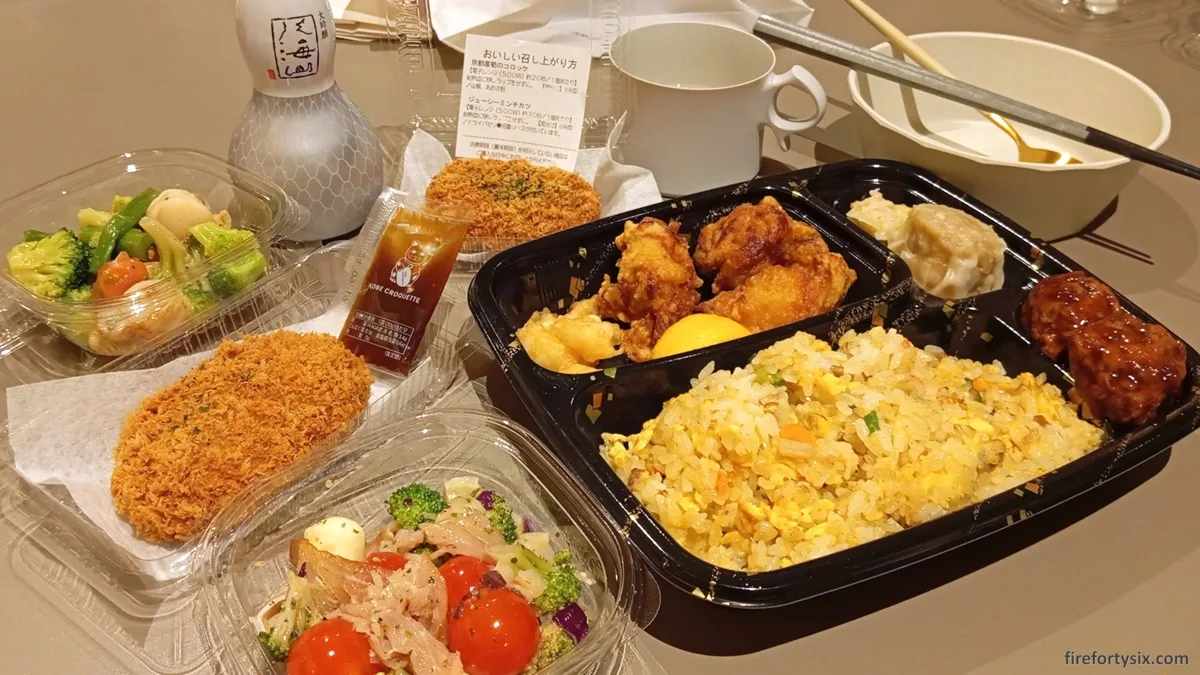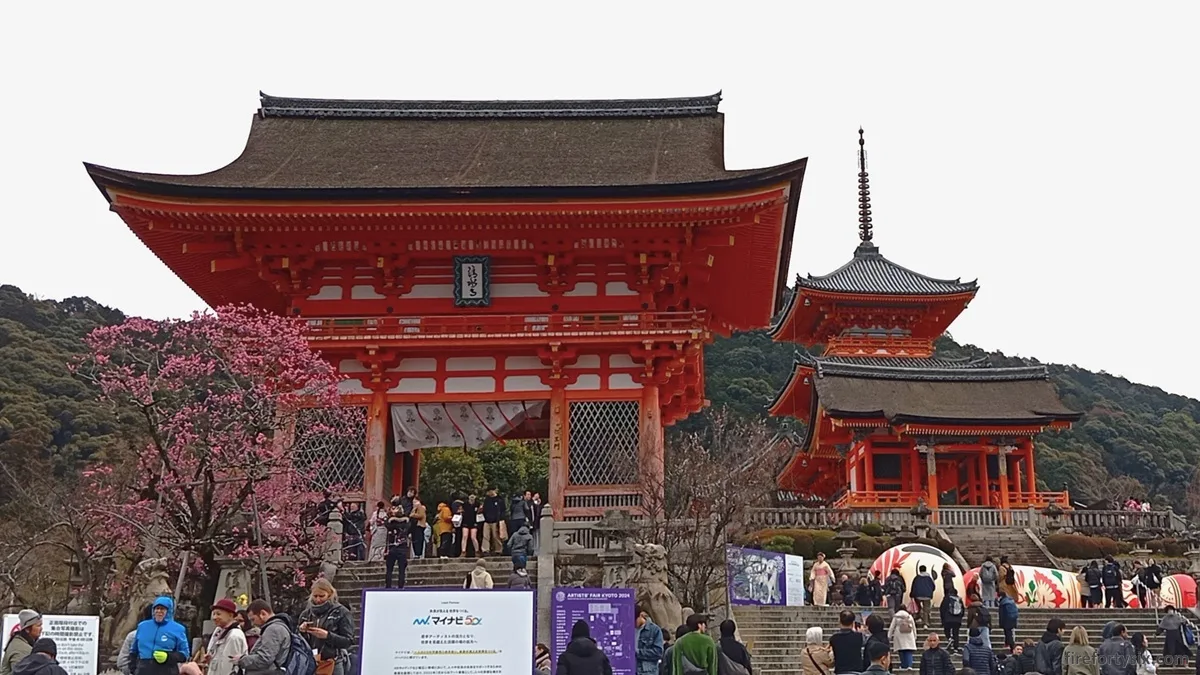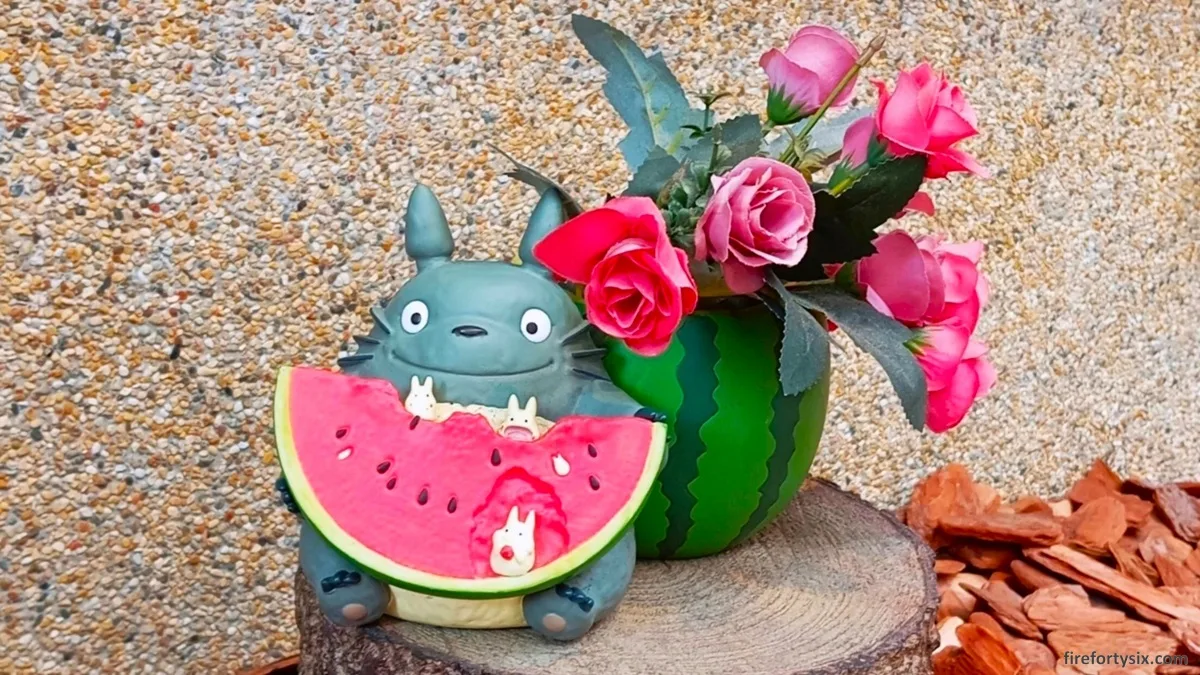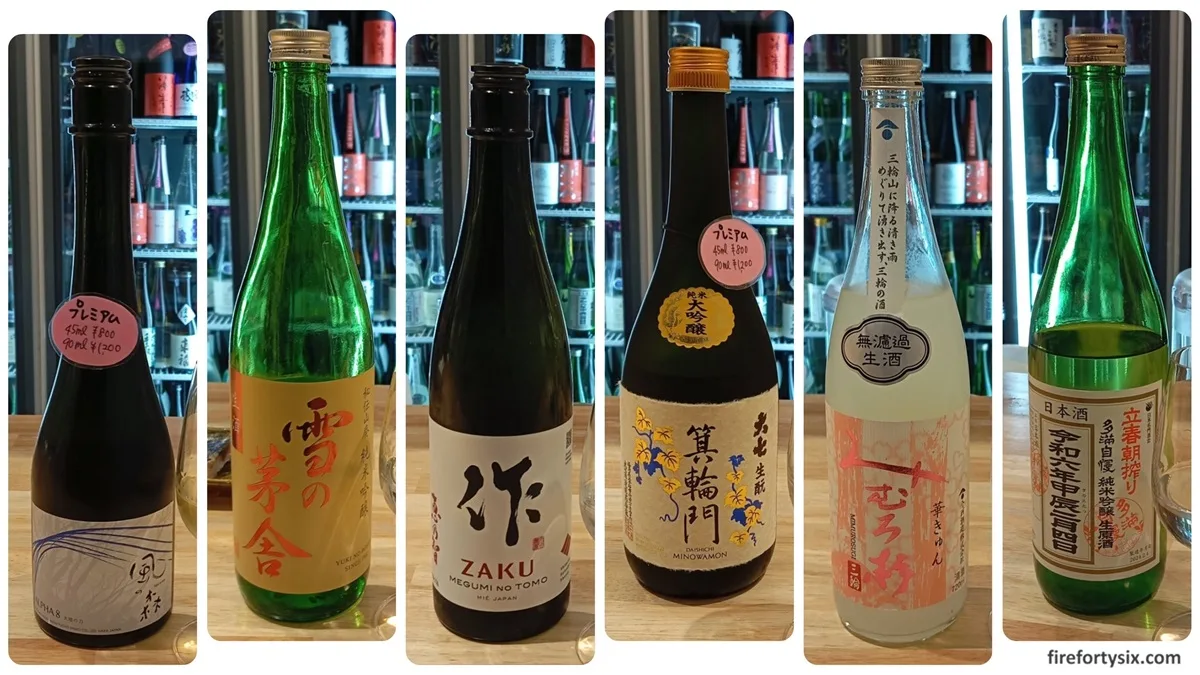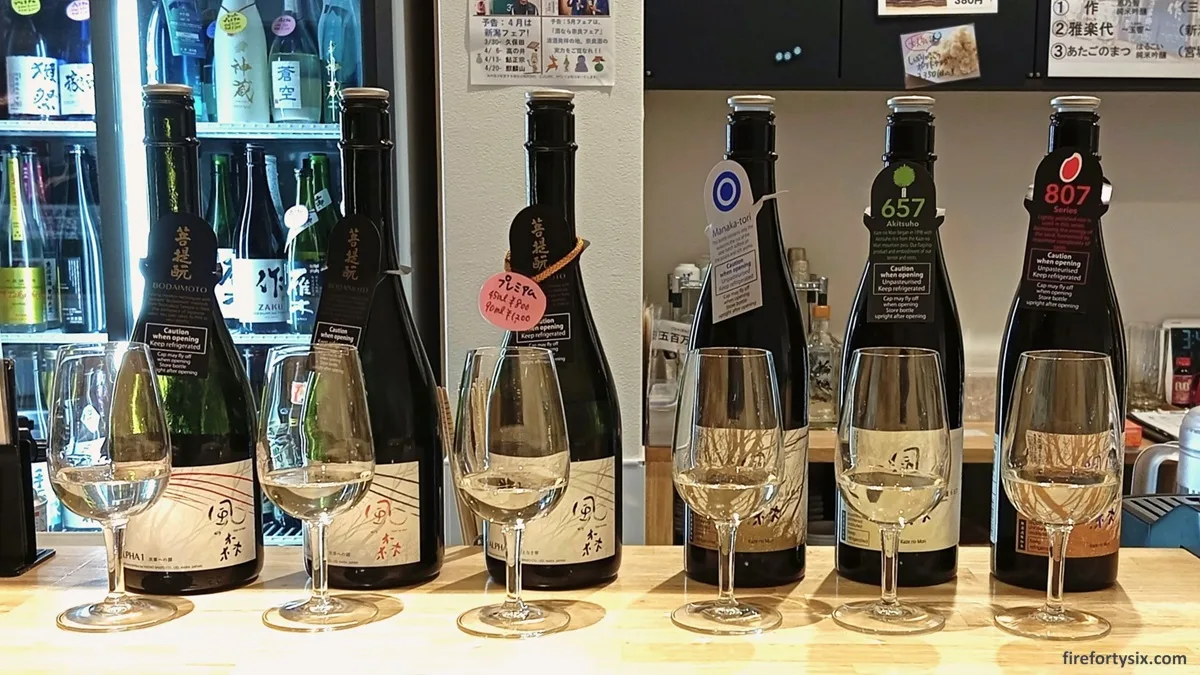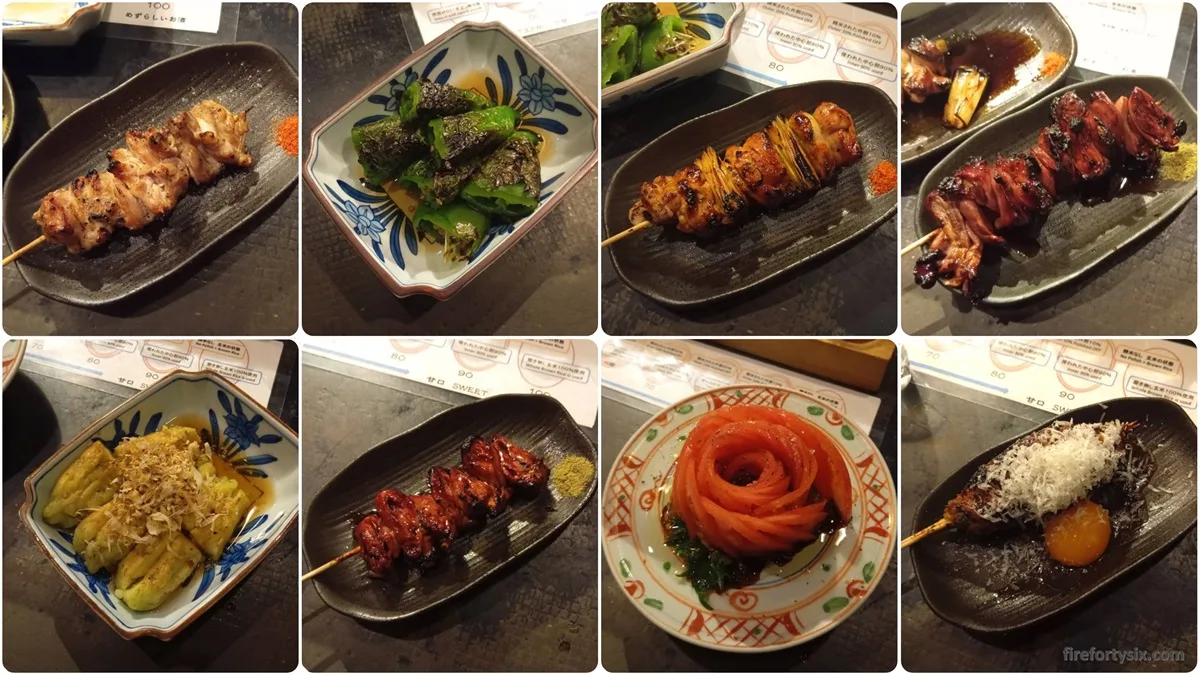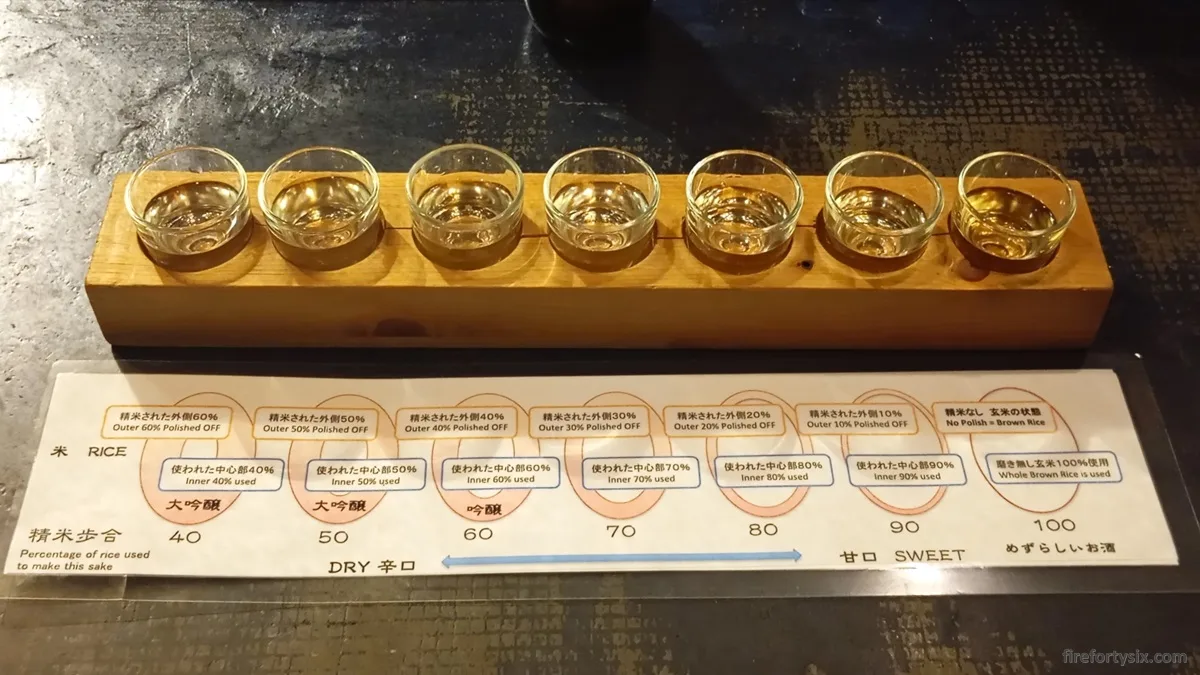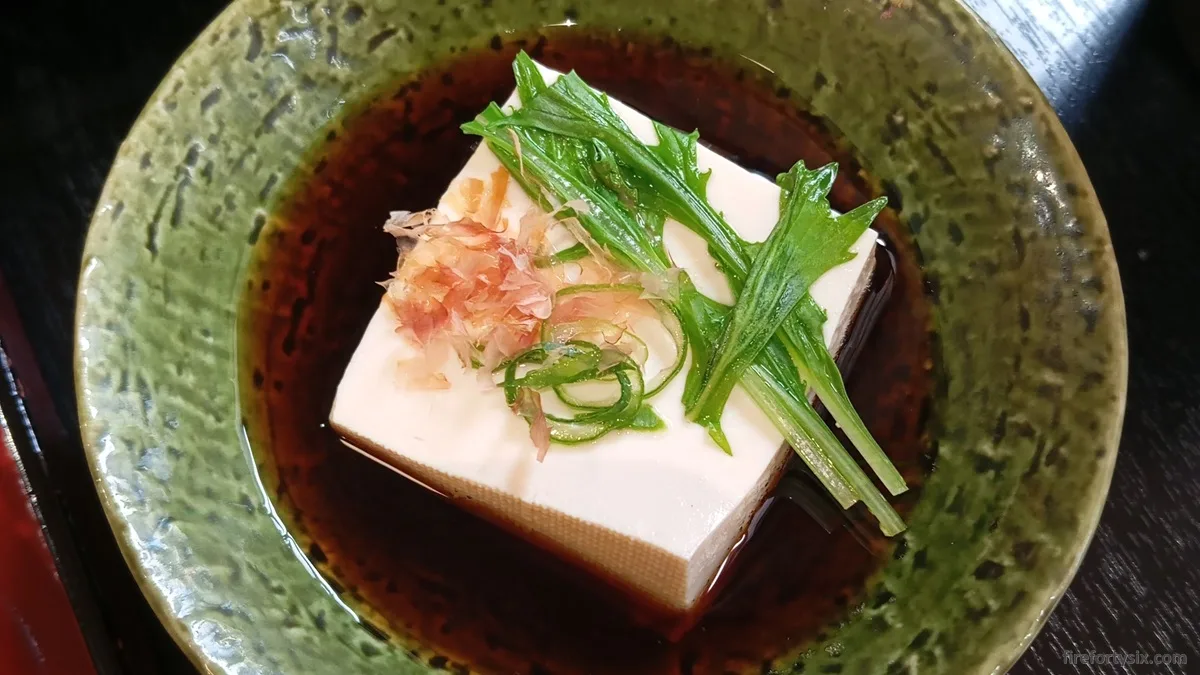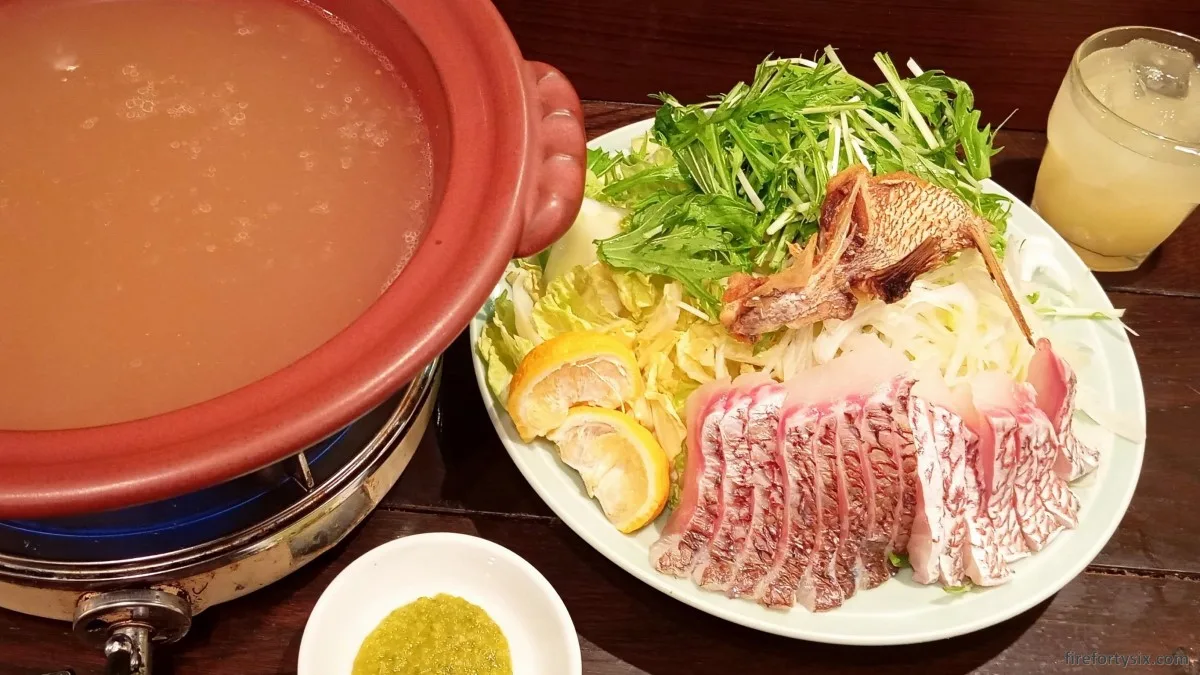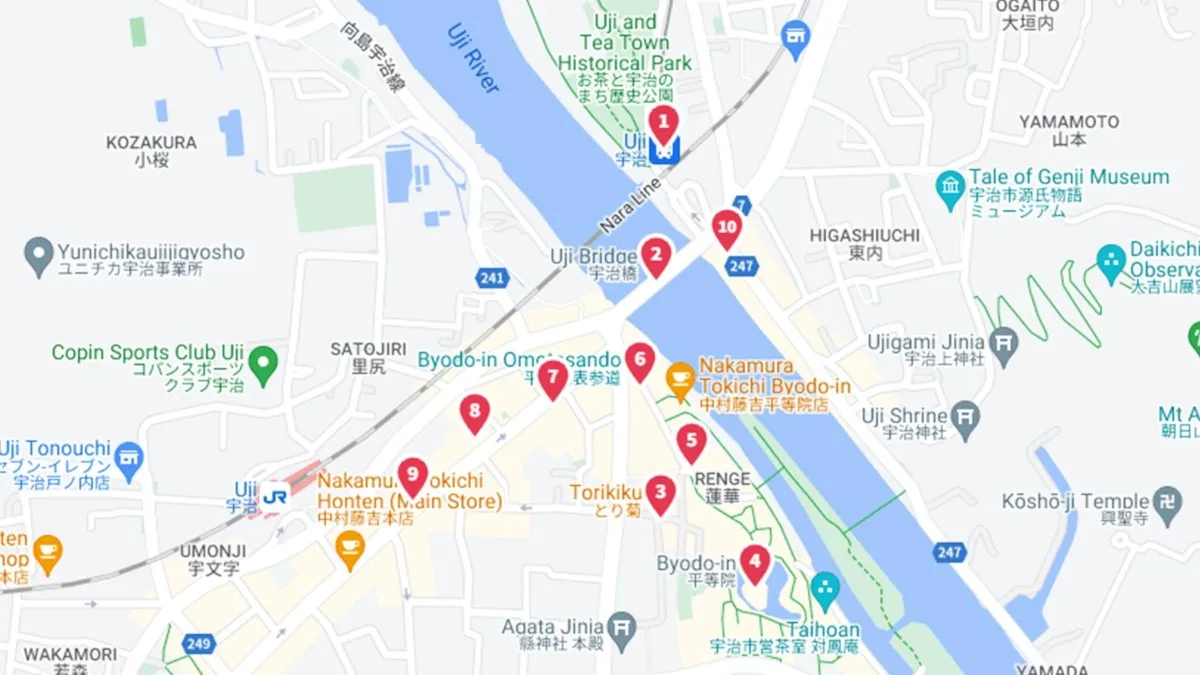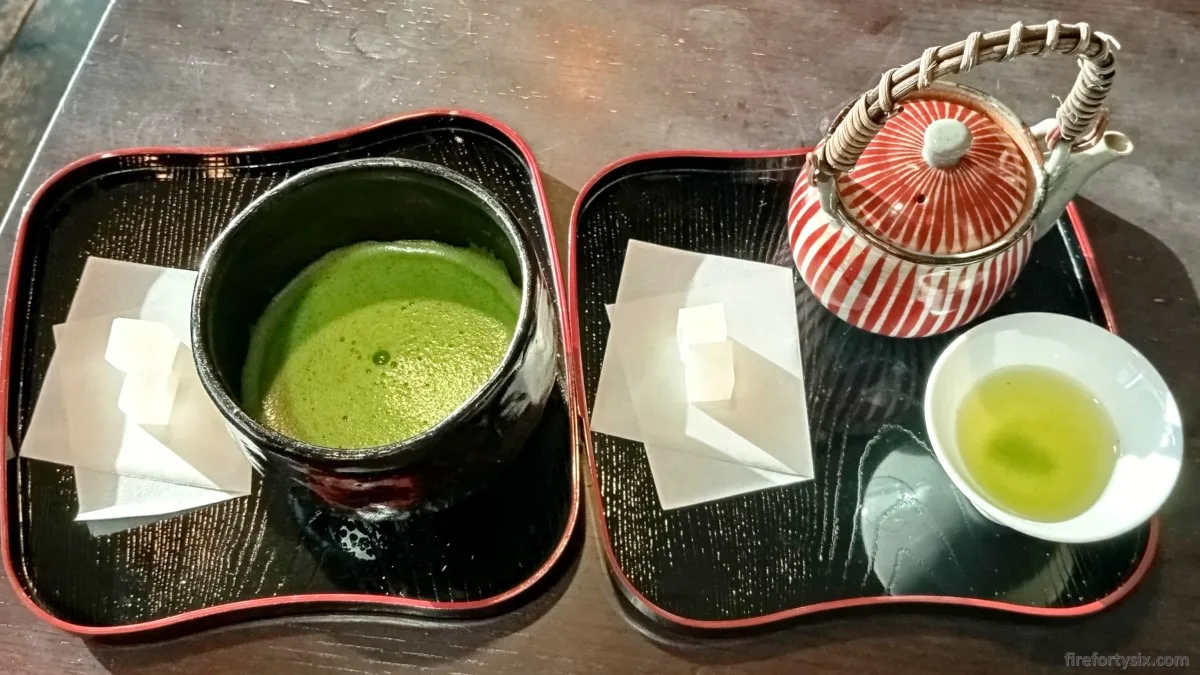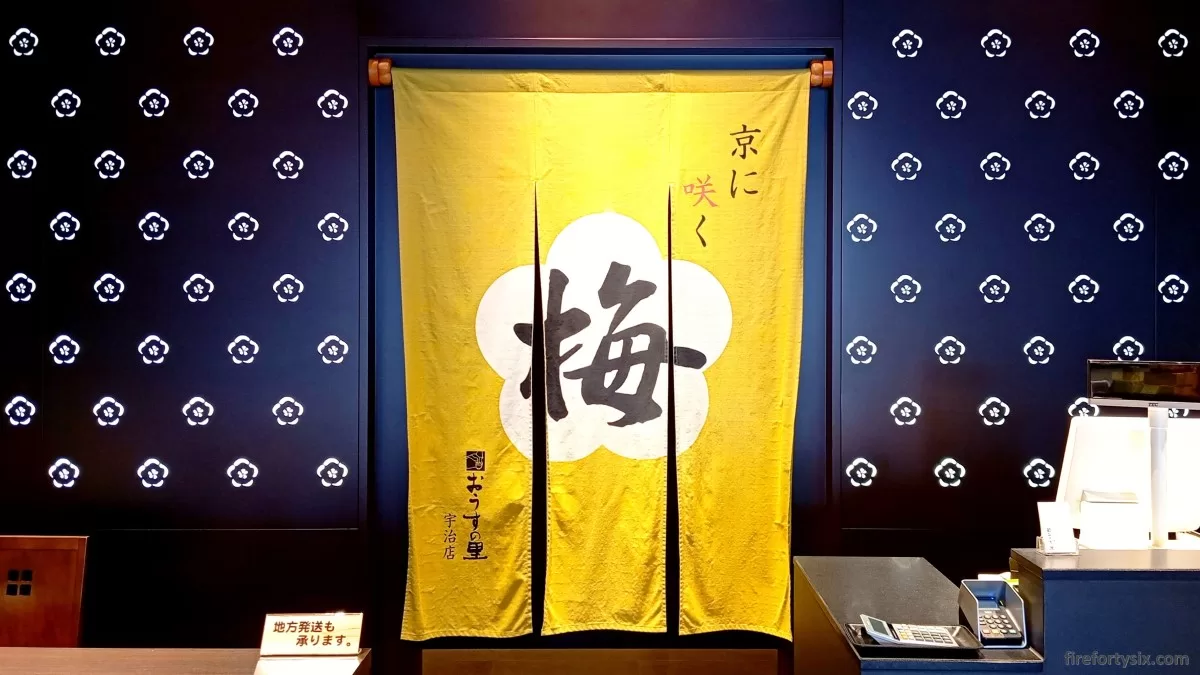Singapore is a non-agricultural country, and the majority of our produce is imported. As a result, the freshness and variety doesn’t come close to what’s available in Japan.
The closest thing we have is Don Don Donki a.k.a. Don Quijote. They offer a wide variety of fresh fruits, vegetables, meat and seafood, sourced from different Japanese prefectures.
Whenever we’re in the mood for high quality fresh food, that’s where we go. Prices are noticeably higher than local markets or grocery stores, but the cost/performance is still good.
However, Donki in Singapore doesn’t hold a candle to the supamakettos in Japan. And it doesn’t have to be a big brand name shop, you can find amazing produce at just about any store.
While wandering around Kuromon Market, we walked past one, and stopped to appreciate the beautiful fruits outside its brightly lit entrance.
Next thing we knew, we found ourselves inside.
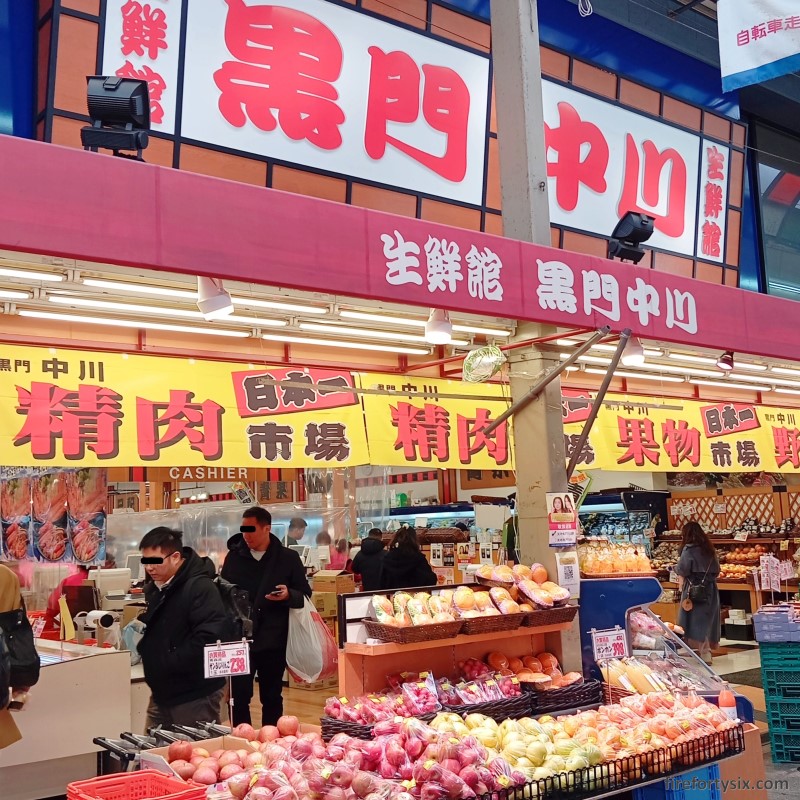
Fruits & Vegetables
It must have been the multi-coloured strawberries from Nara Strawberry Lab.
The petite red, pink and white berries caught our attention from afar, and we subconsciously told ourselves that we had to take a closer look.
Once we were reeled in, we couldn’t help but admire the boxes of bright green broccoli from Tokushima (徳島) prefecture, going for only ¥178 each.
Followed by the kawaii mini onions from Hokkaido (北海道), and the elegant gooseberries from Aichi (愛知) in their gossamer thin dresses.

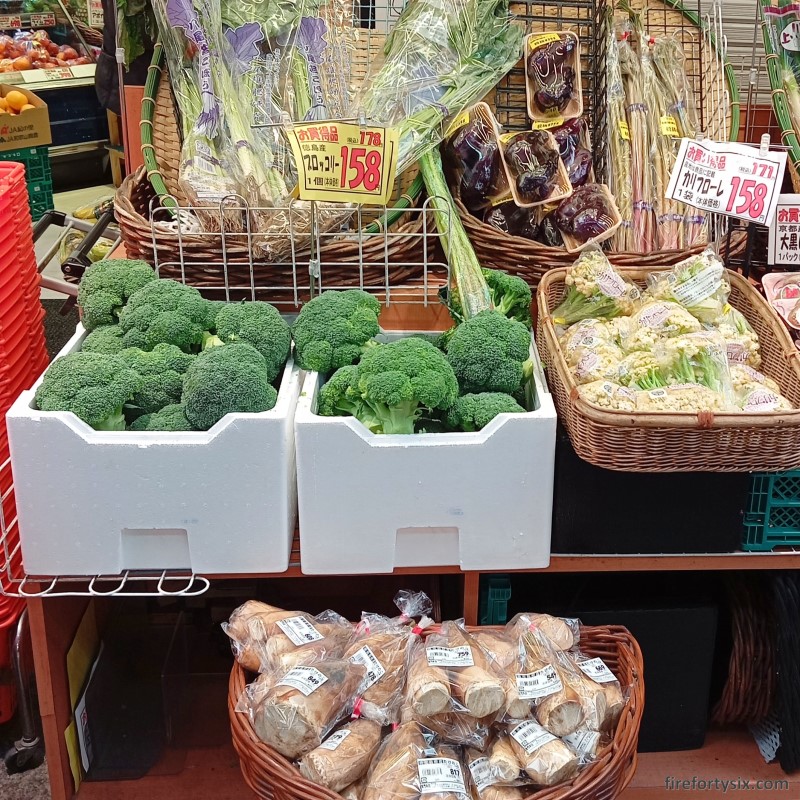
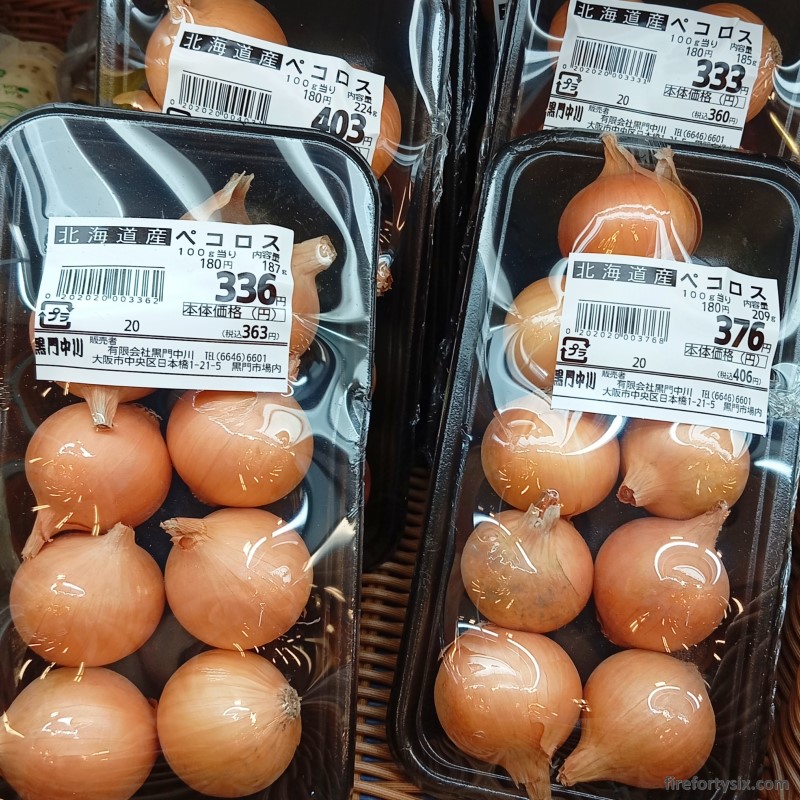

The cuteness didn’t stop there. We came across a bag of the world’s smallest radishes, their shoots and leaves fully intact.
Each bag was only ¥178 and The Wife was sorely tempted to grab a few to bring home. Similarly for the ¥398 purplish/pink watermelon radish from Shizuoka (静岡).
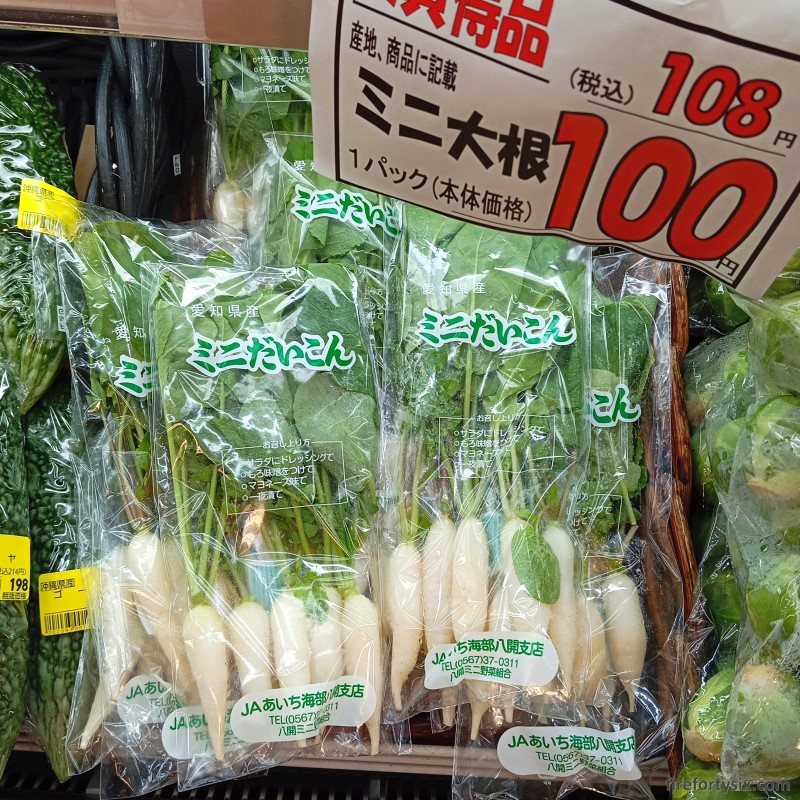
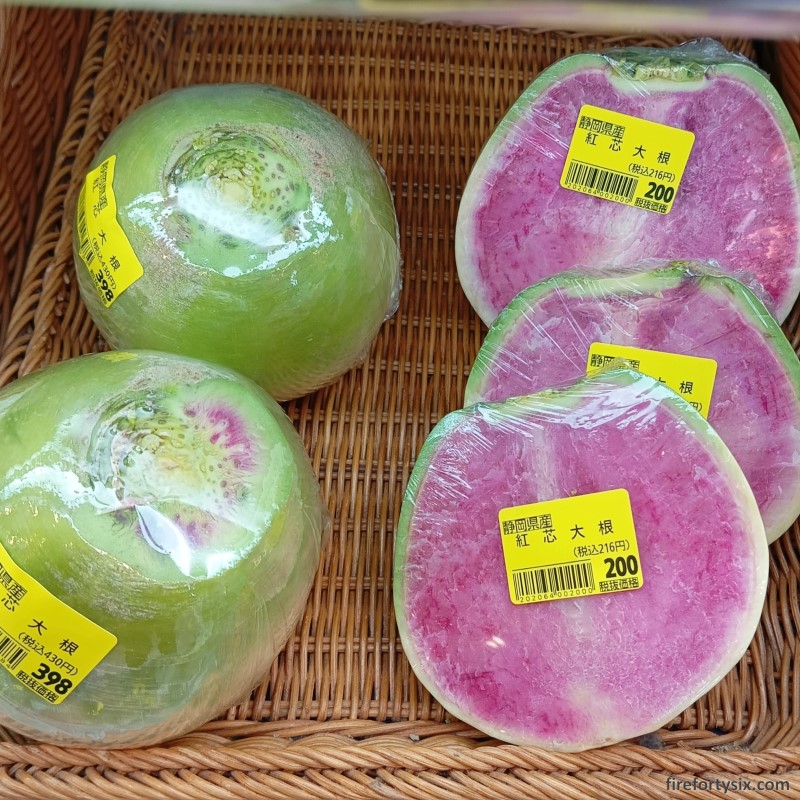
At this point, you may be wondering how I managed to read the prefecture names on the labels. My reply is simply that it’s all down to motivation.
You see, I’m on a mission to drink Japanese sake from all 47 prefectures. And the first step to achieving that goal is being able to read where they’re from.
Here’s the bingo card that I physically keep with me at all times, with all the prefecture names in both kanji and English.
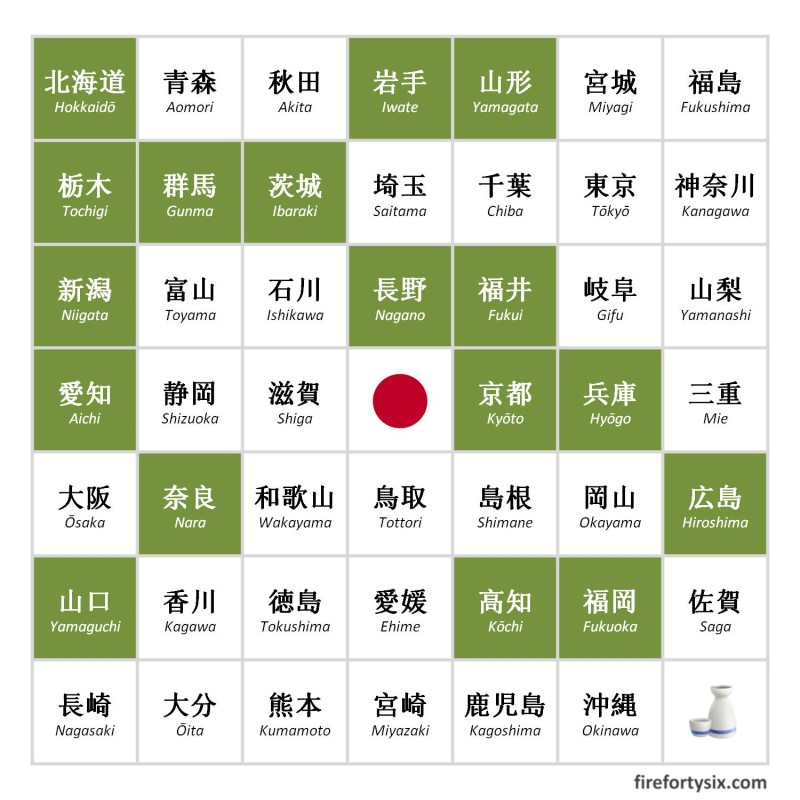
The unexpected benefit of this, is that I’ve acquired the ability to figure out which part of the country fresh produce is grown.
- Wasabi? Shizuoka (静岡).
- Shiso? Aichi (愛知).
- Kaiware? Osaka (大阪).
- Benitate? Shizuoka (静岡), again.
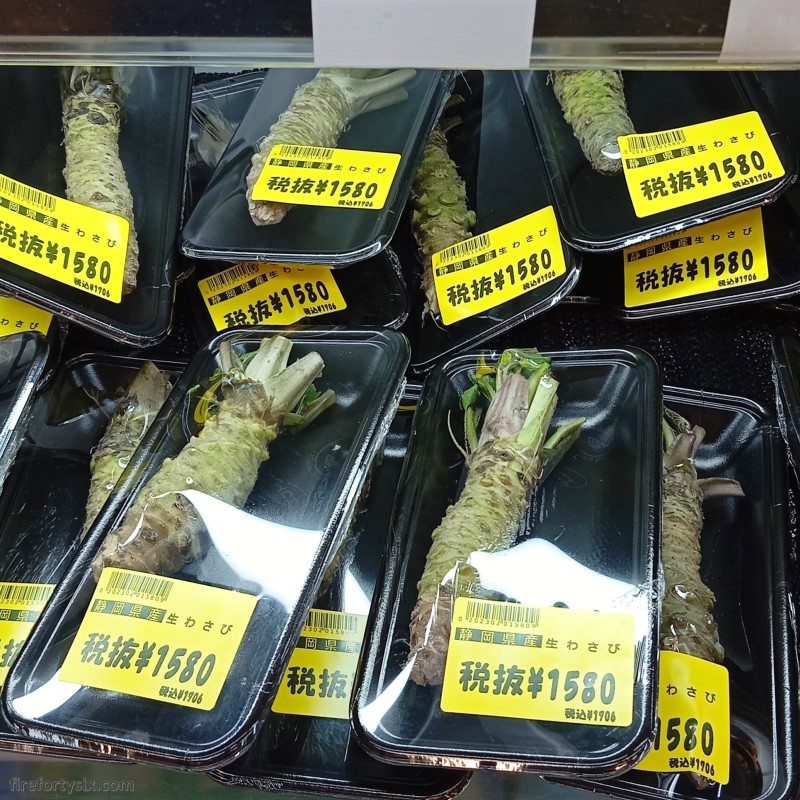
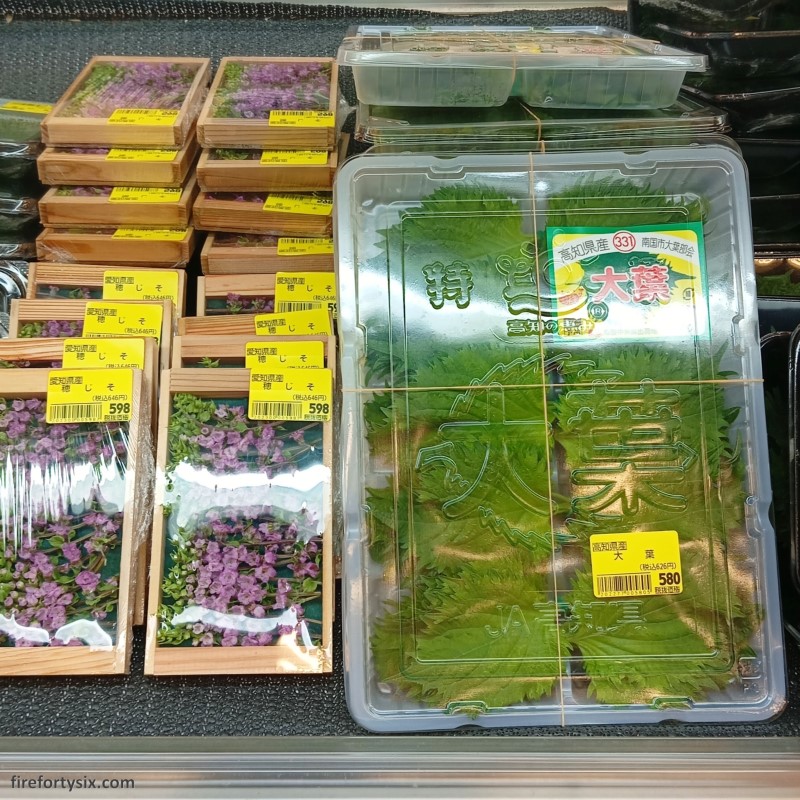

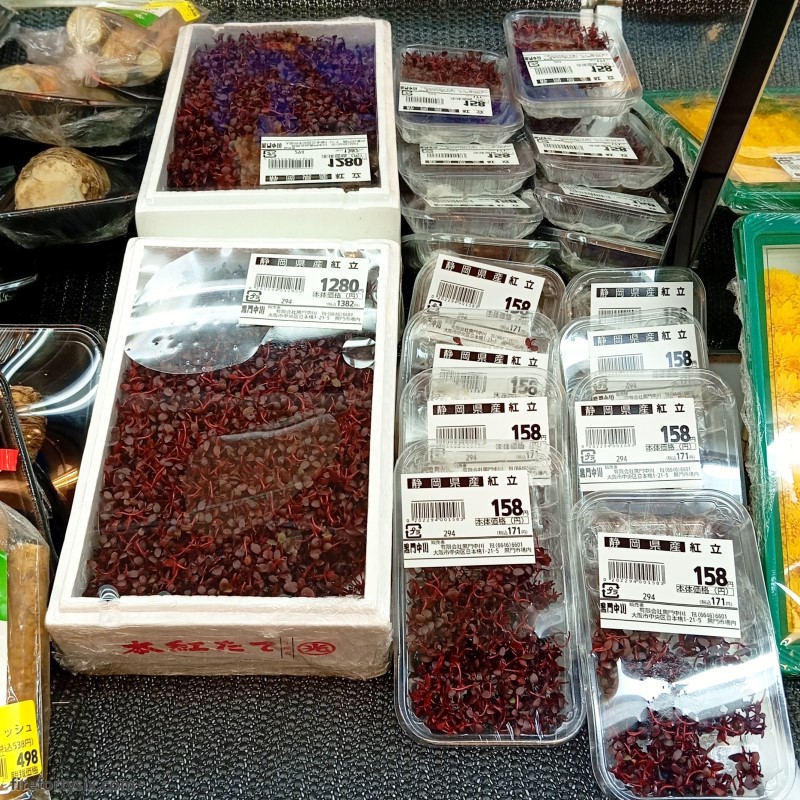
And, of course, my lifelong nemesis — bittergourd. They’re known as gōya (ゴーヤ) in Japan, and mainly come from Okinawa (沖縄).
You can just tell from their hideous appearance how nasty they taste. If you ever see any, just walk away.
Quickly.
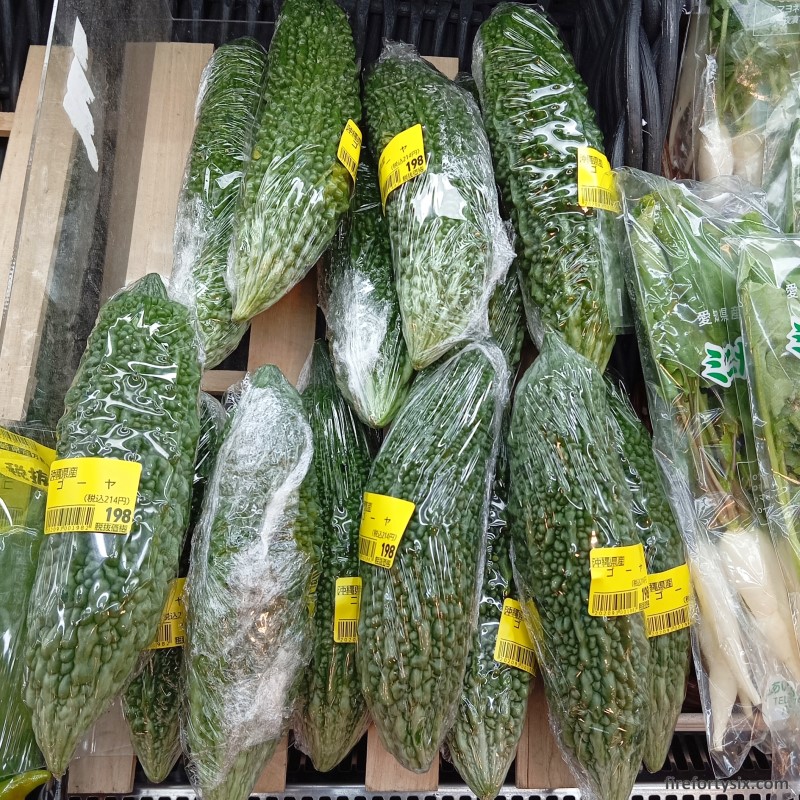
Meat
Next was the protein section, represented by the Big 3 creatures. Tray-after-tray of thinly-sliced beef and pork were stacked neatly in the large chillers.
They all carried the “国産” sticker, indicating that they were produced locally.
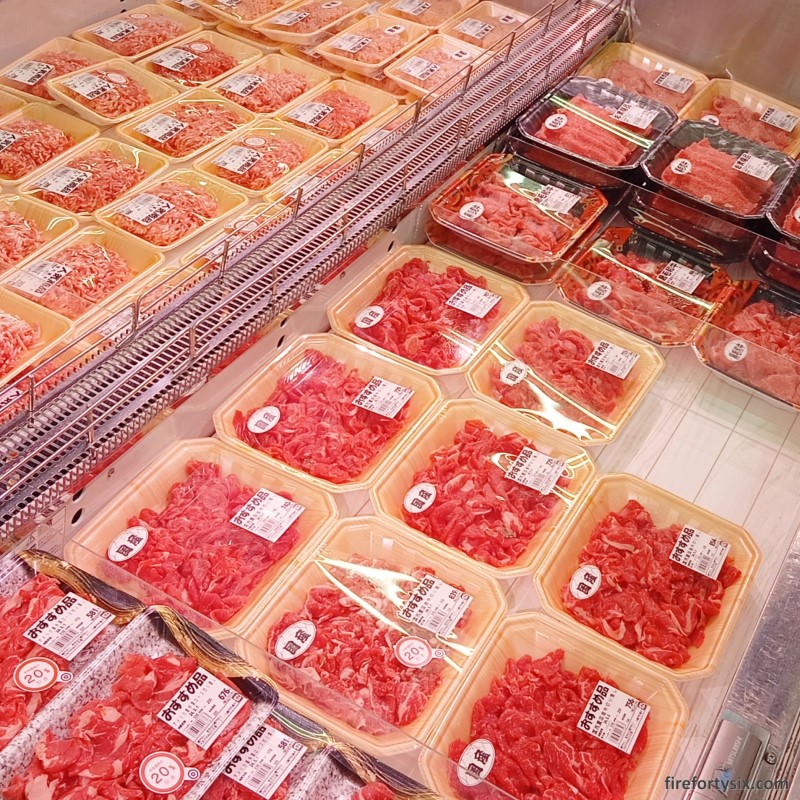
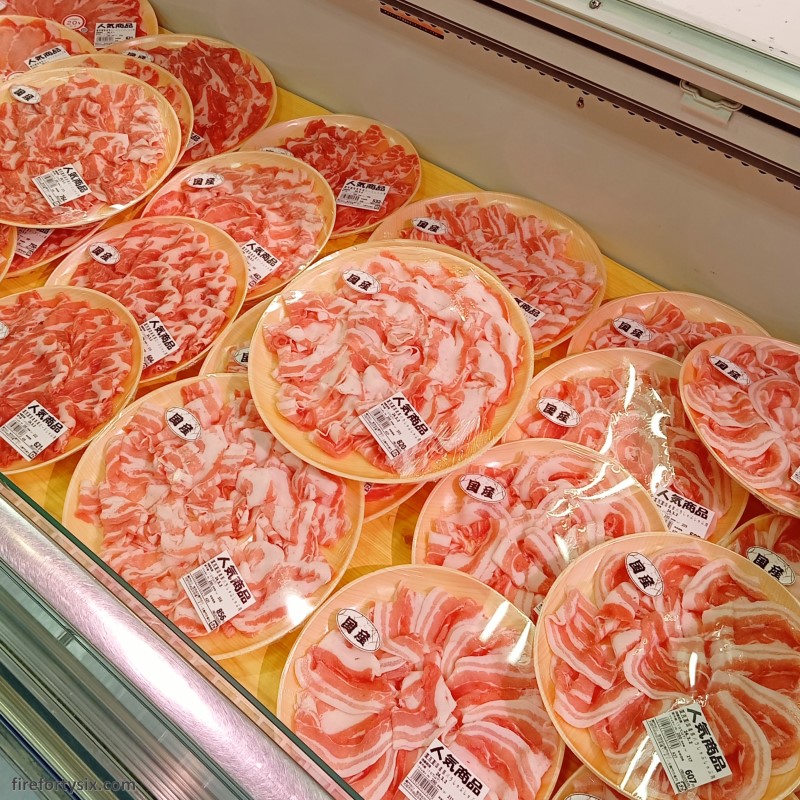
Even the chicken proudly wore the domestic label, including packets of mid wings that were expertly frenched to resemble mini drumlets.
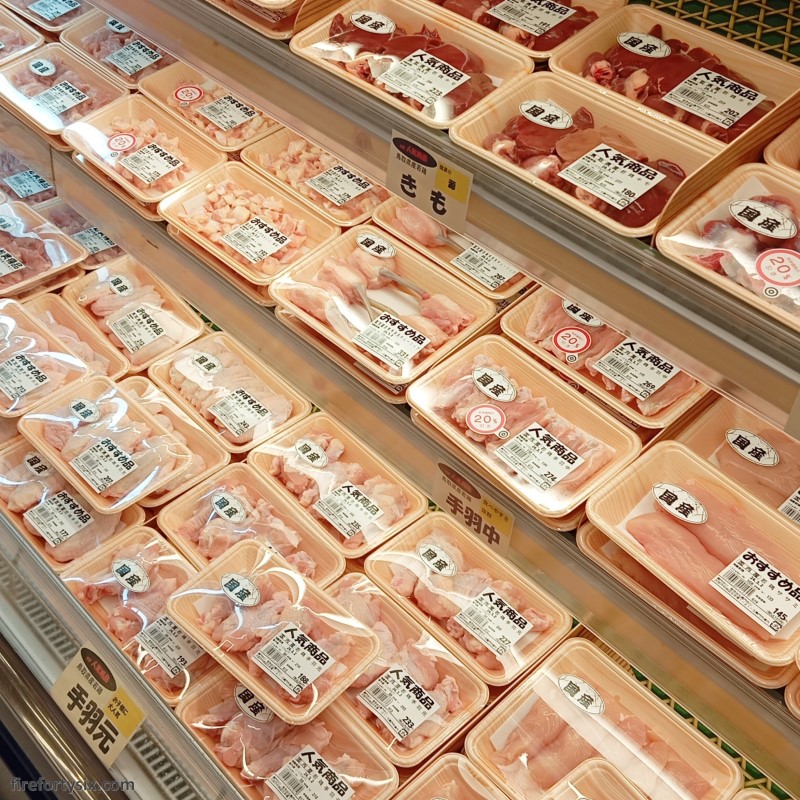

I took my time to admire the colour and exquisite marbling of the sliced Kuroge Wagyu (黒毛和牛).
Beef of similar quality and origin would easily cost 4-5x more than the ¥1,054 to ¥1,435 shown on the price tags.
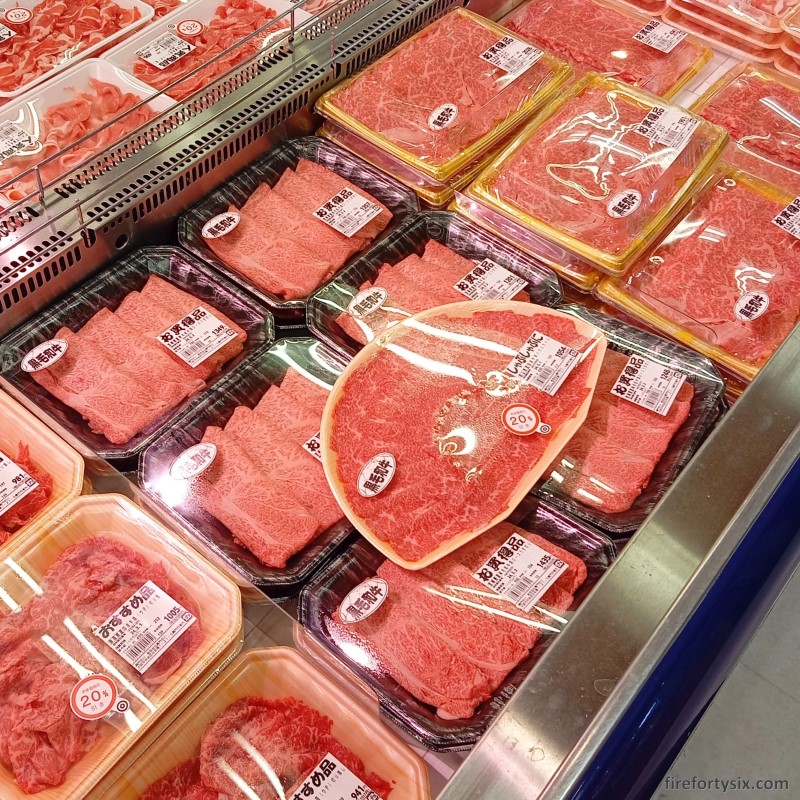
Ready to Eat
Towards the back of the supamaketto was an entire section dedicated to all forms of ready-to-eat meals.
Ranging from the ever-popular fried chicken karaage, to cooked seafood like grilled saba and aji furai. To bento boxes with assorted side dishes, to the slightly more esoteric, but no less tasty, chicken livers.
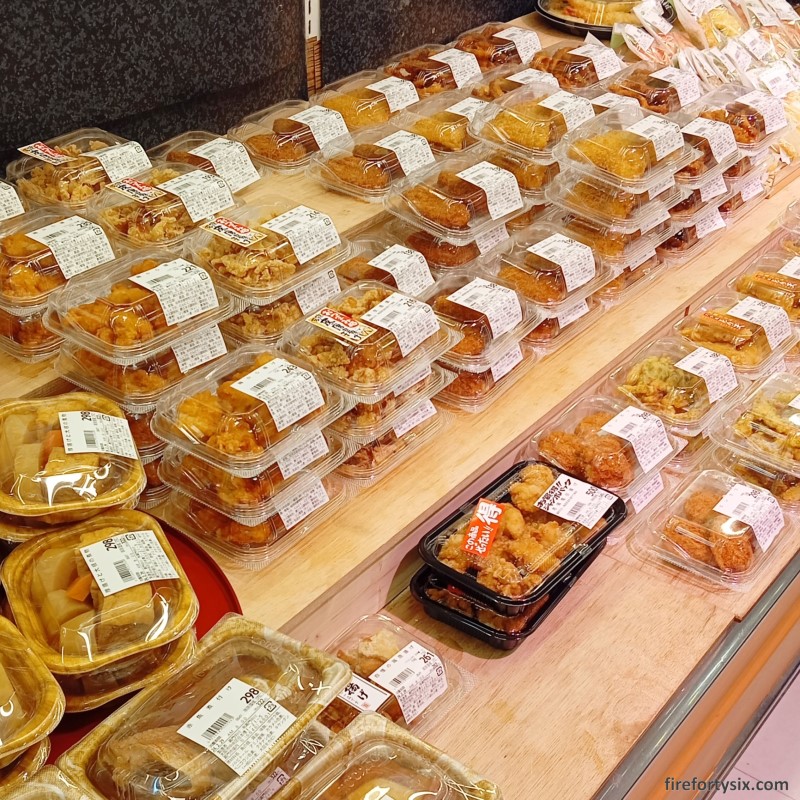
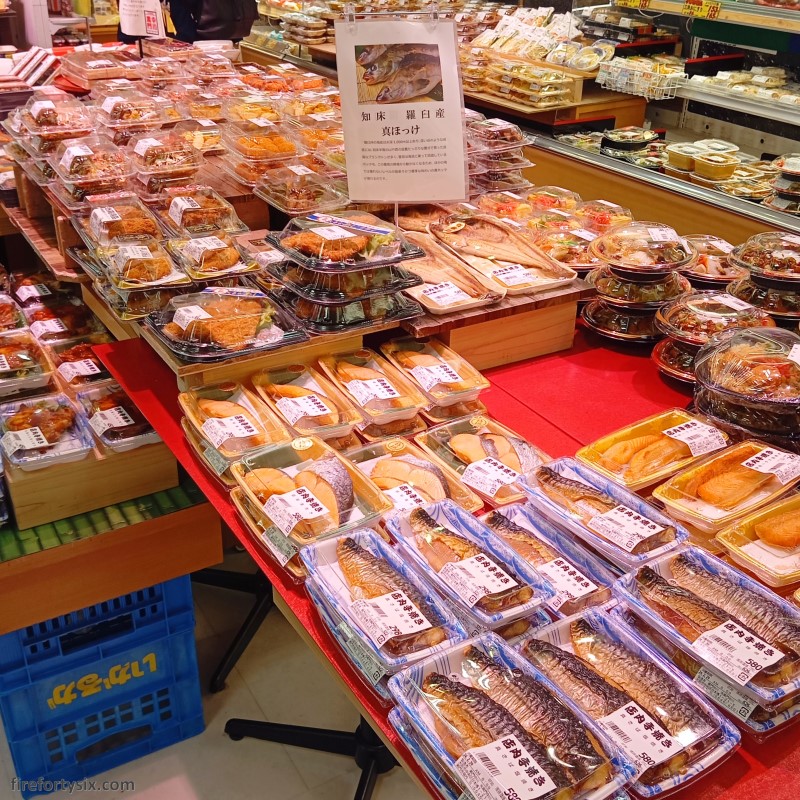
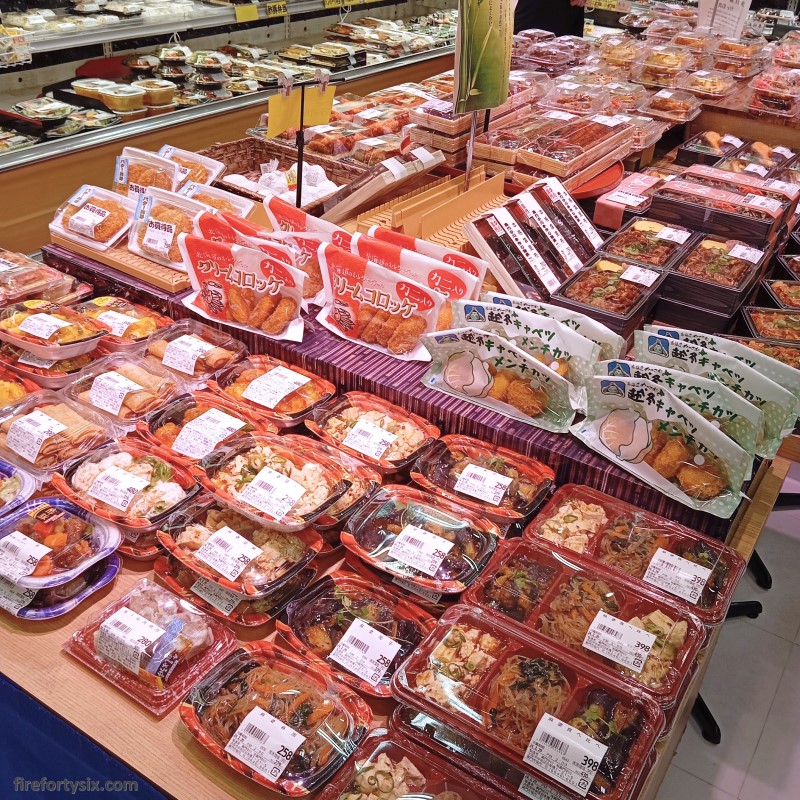
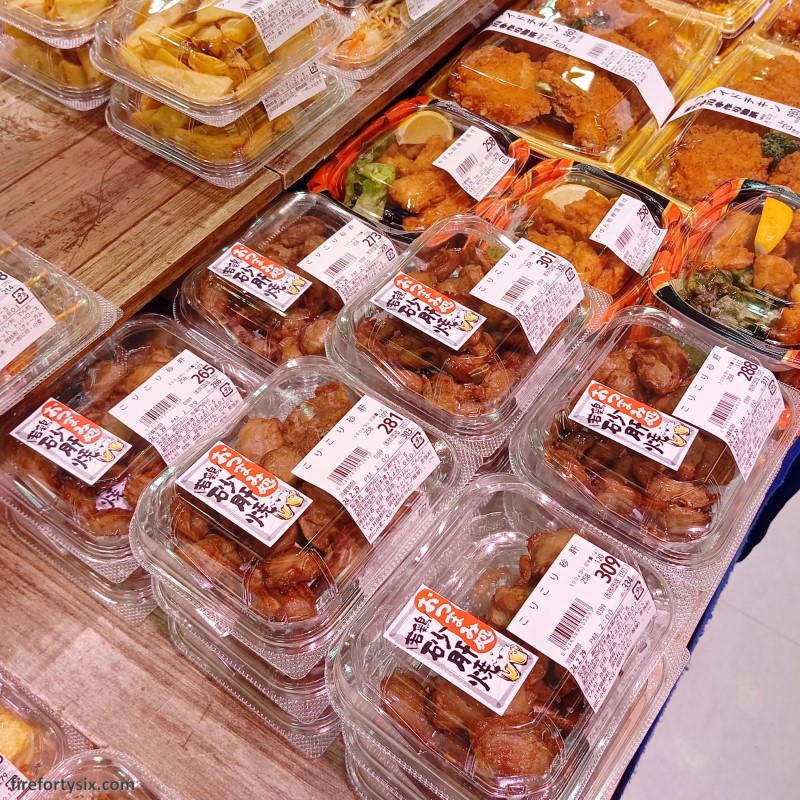
The Wife even spotted packets of red bean paste from Komeda’s Coffee.
We had breakfast there the day before, and chose it as the complimentary topping for our thick toast. It was quite good, with just the right level of sweetness.
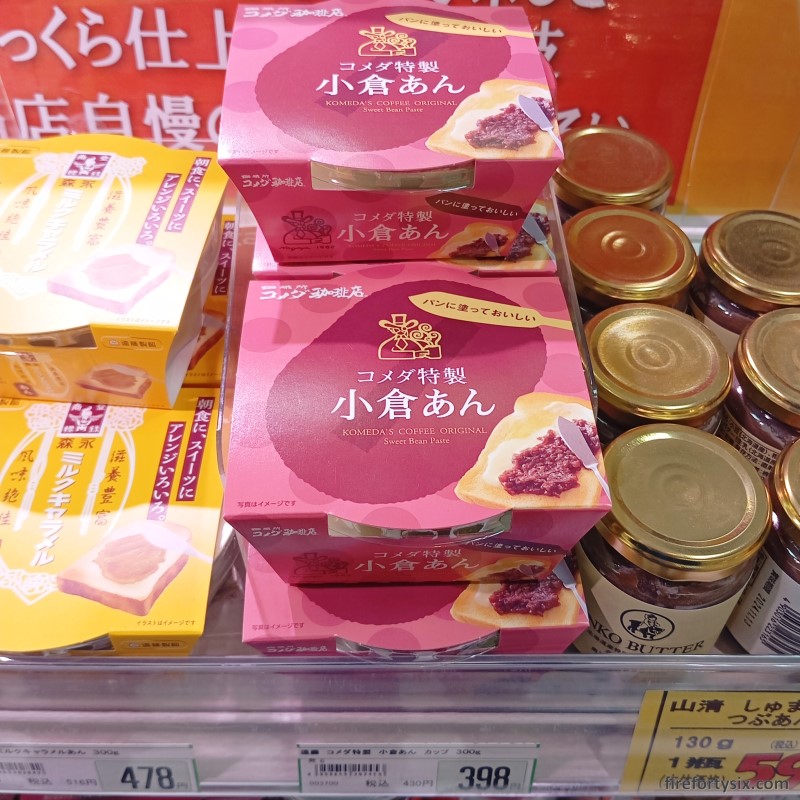
Adjacent to the cooked food was an equally large section that sold sushi and sashimi galore. Although they were mostly raw, this being Japan, they could be consumed immediately.
The quality of the food in the chillers could easily surpass the average Japanese restaurant in Singapore, at a fraction of the cost.
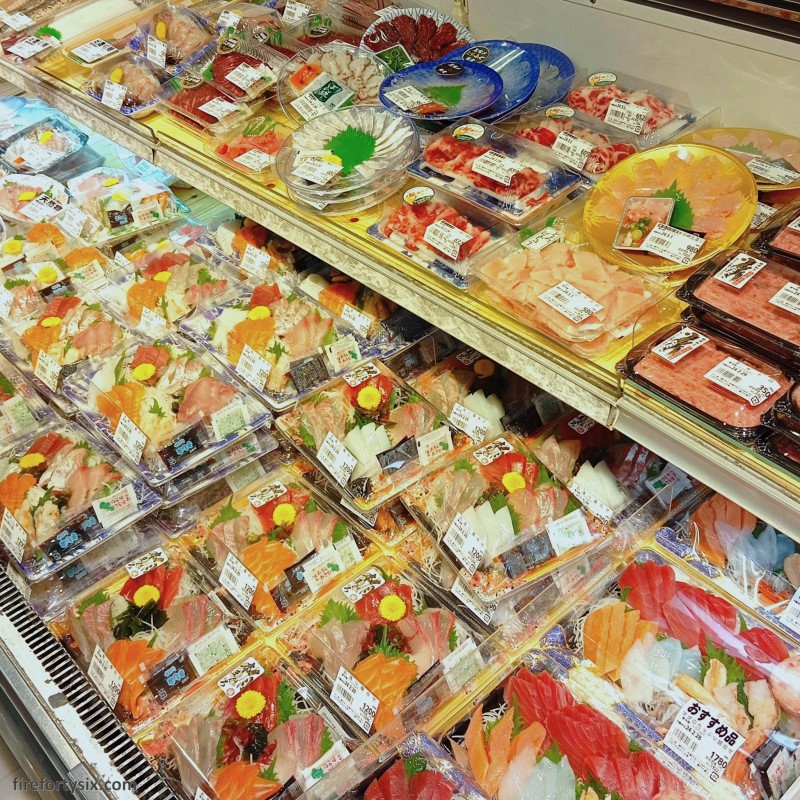
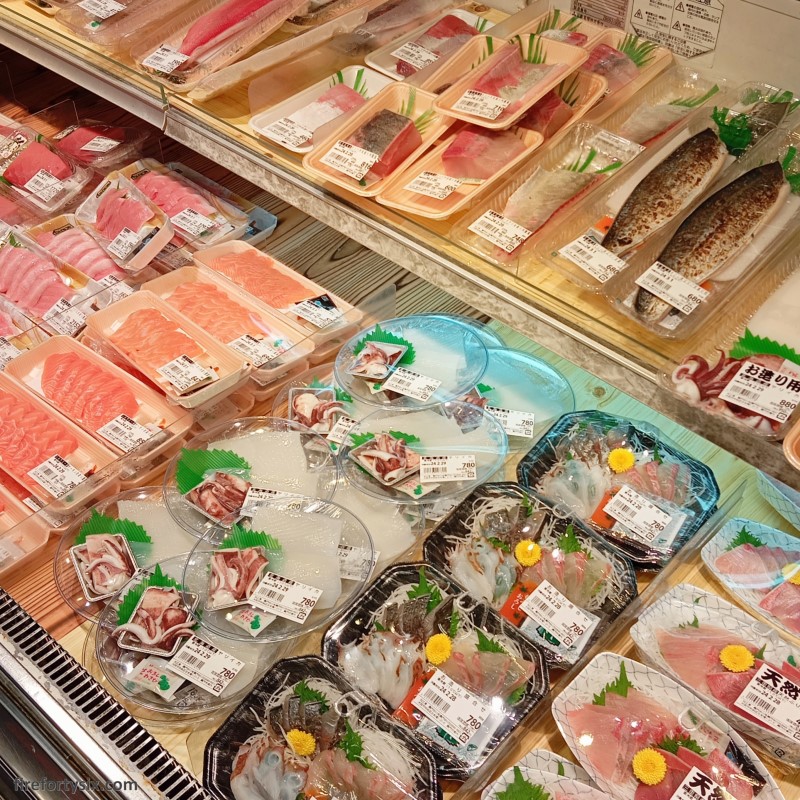
We could see ourselves easily grabbing one or two for a very satisfying meal. The boxes of fresh uni and ikura were especially droll worthy, and looked very enticing indeed.
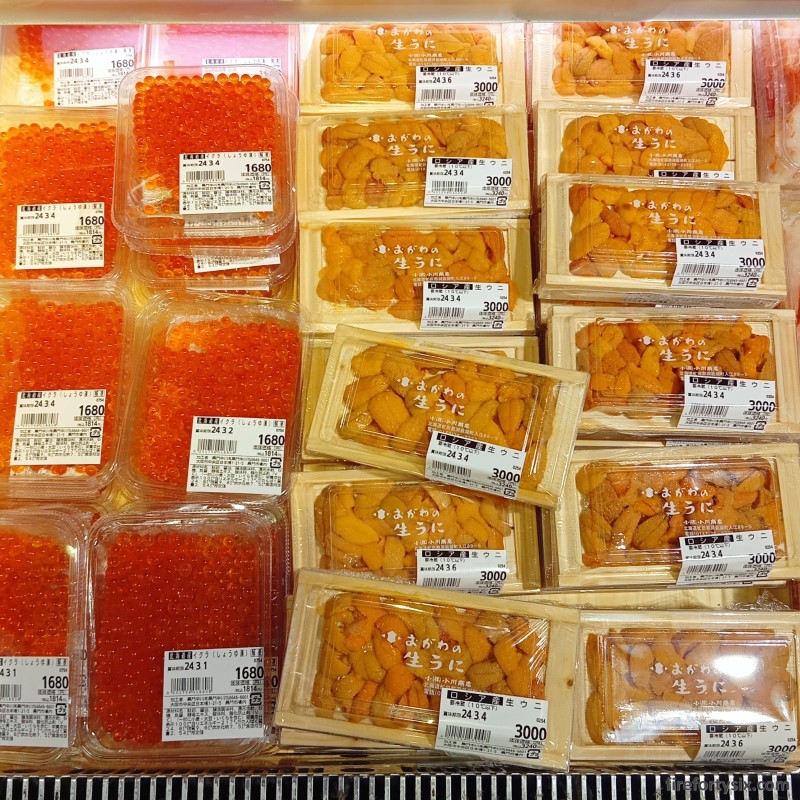
Seafood
Raw seafood was next, including fat, meaty and succulent hotate, just ¥1,058 for a pack of six. Big trays of squid were going for ¥626, ebi for less than ¥600 and entire takos for less than ¥2,000 each.
If you’re in the mood for some fish, saba was available for ¥518 (whole) or ¥398 (filleted). What a seafood bonanza!
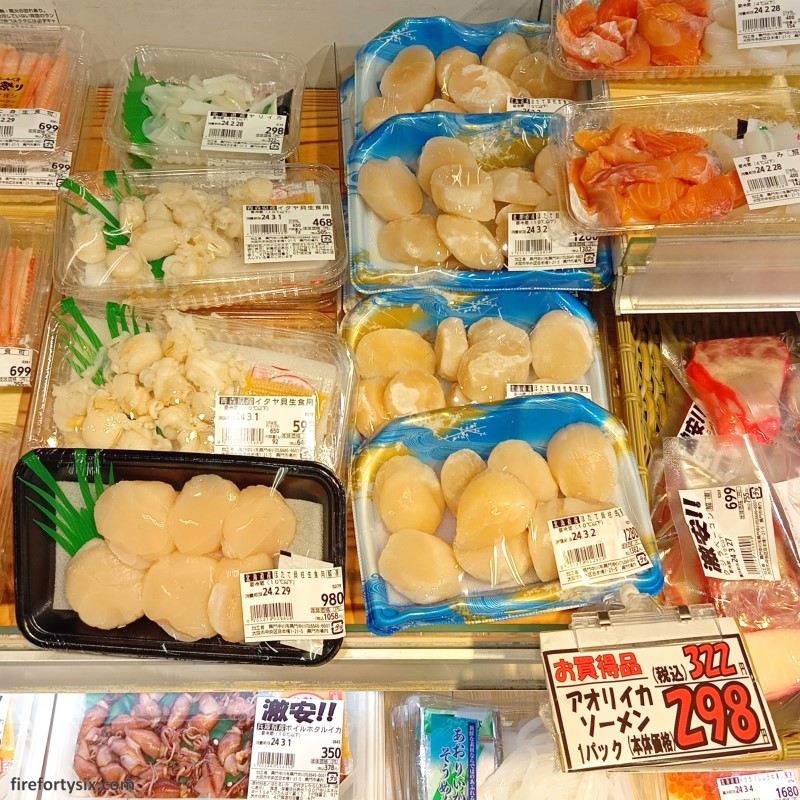
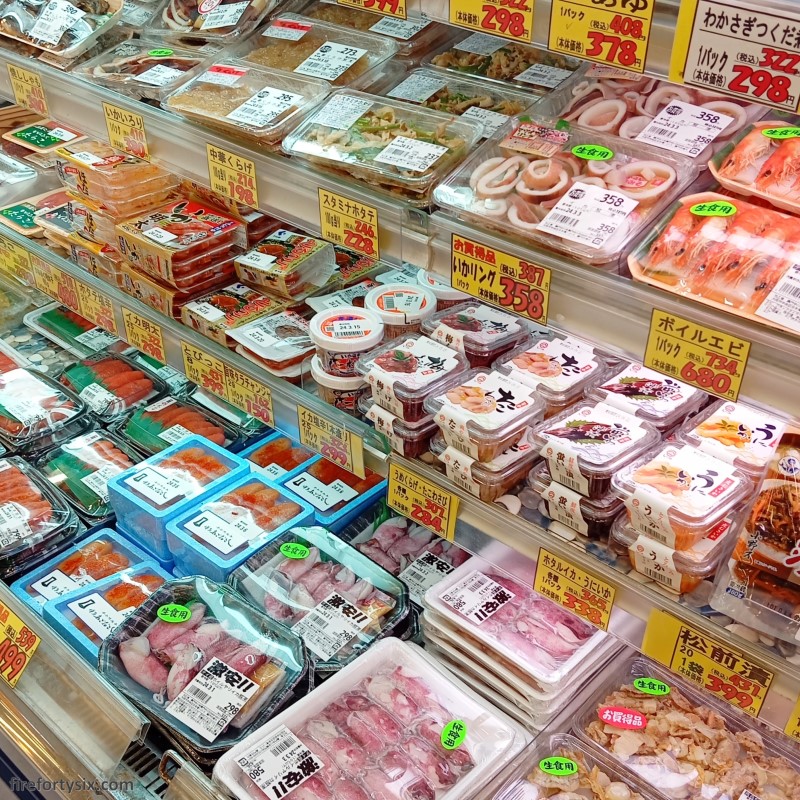
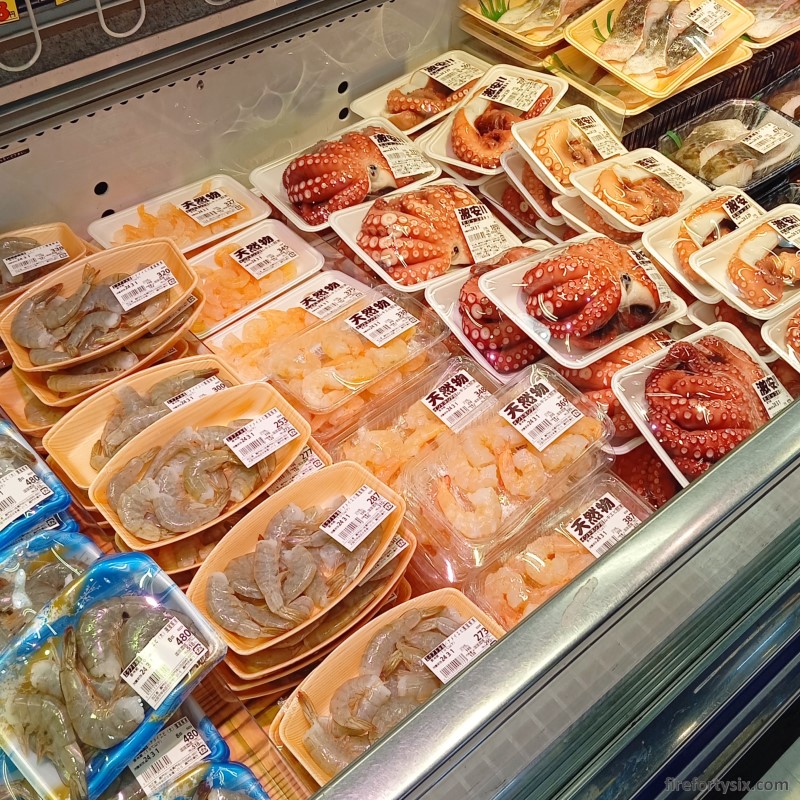
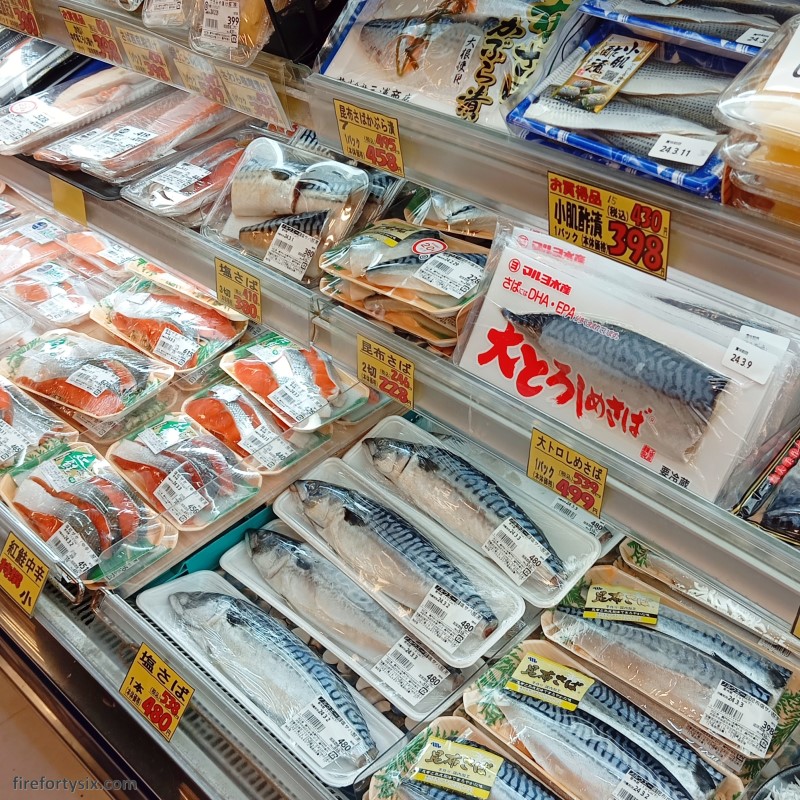
And it just kept going, with mounds of processed snow crab legs almost overflowing from the freezers. They came in large packs of 500gm (¥3,218), 600gm (¥4,298) and 1kg (¥5,940).
Before taking a closer look, I assumed that they were from Hokkaido. The “国産” label wasn’t visible, and Google Translate advised that they were actually imported from Canada and Russia.
The big bags of shucked oysters were domestically sourced, from Hiroshima (広島) to be precise. They must taste quite wonderful in an oyster omelette.
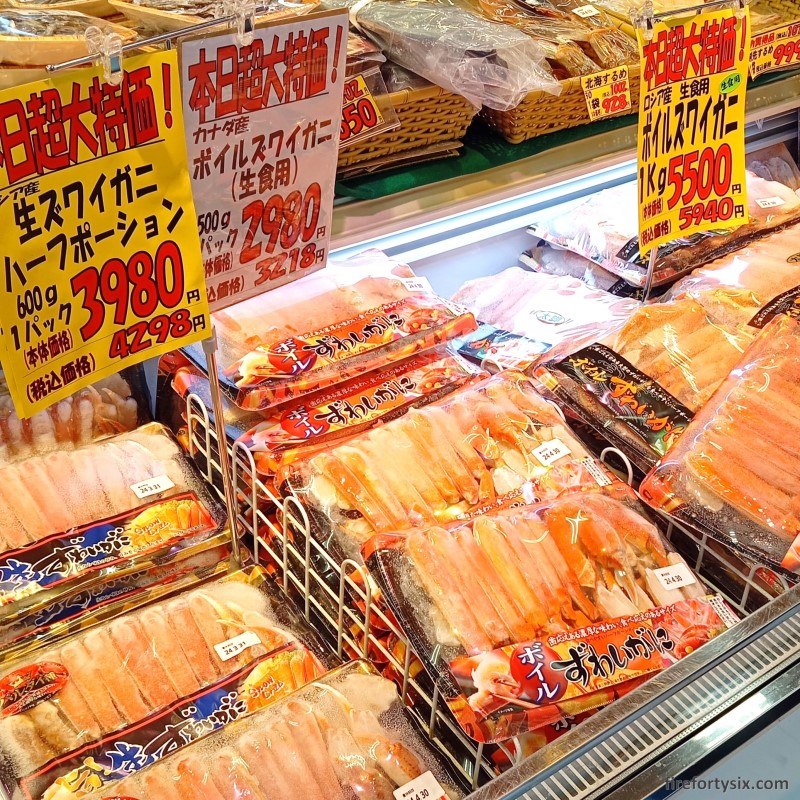
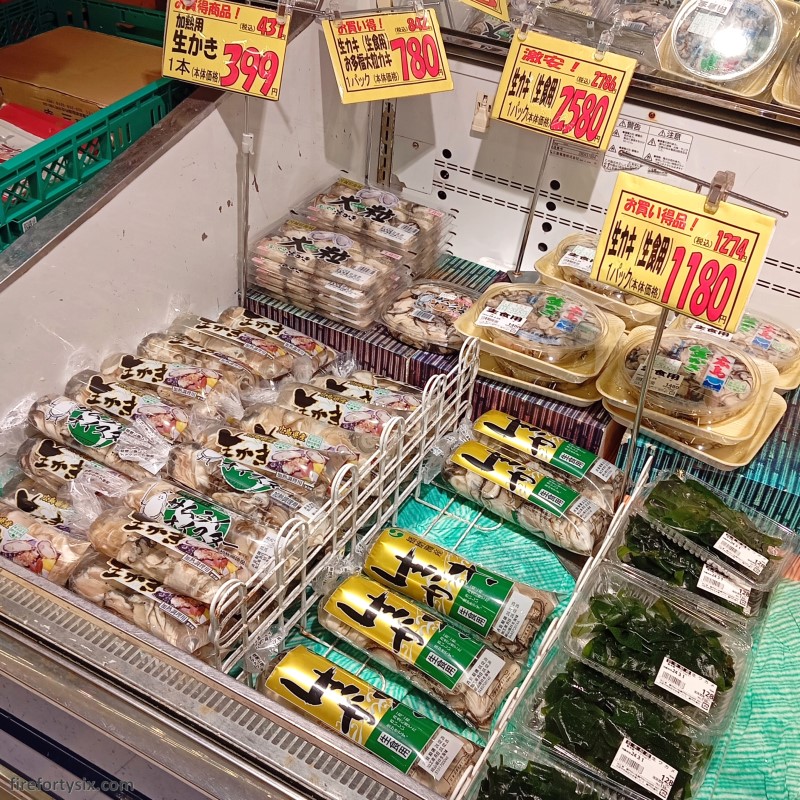
One particular section with trays of deep maroon fillets caught my eye.
Foreigners consider it an extremely controversial item, but the fact that it was available in a supamaketto was an indication that it was just another normal product.
I’ve actually had it before, twice actually. Both times were in sushi restaurants, gently coerced by local Japanese friends.
“Just try it,” they suggested, not saying exactly what it was, but clearly trying hard to suppress the mischievous twinkle in their eyes.
It tasted, frankly, quite terrible. And whale sashimi joined bittergourd in my “run far away” list.
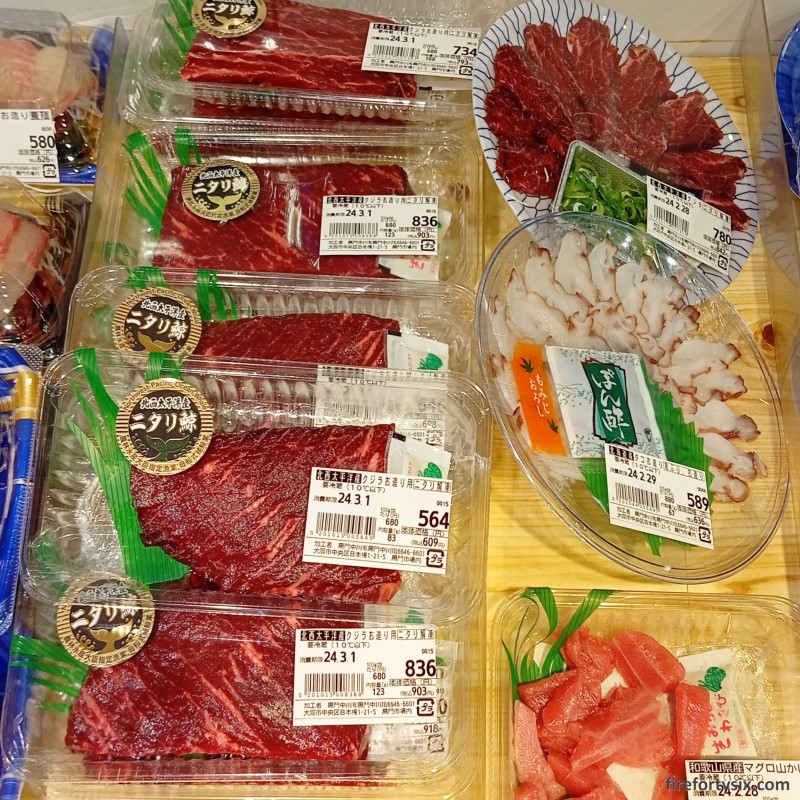
The exact opposite is hotaru ika, or firefly squid. It’s a seasonal item and not easy to find in Singapore. To see countless trays of it, nonchalantly stacked in the chiller, was exciting, to say the least.
More than two dozen of them were going for just ¥378! They even provided convenient packets of sumiso, or vinegared miso, the classic dip for each delightful morsel.
I hesitated for two seconds, before picking up a packet and briskly walking to the cashier counter to pay up. They were the tastiest hotaru ika I’ve ever had, and also the most I’ve eaten at one go.
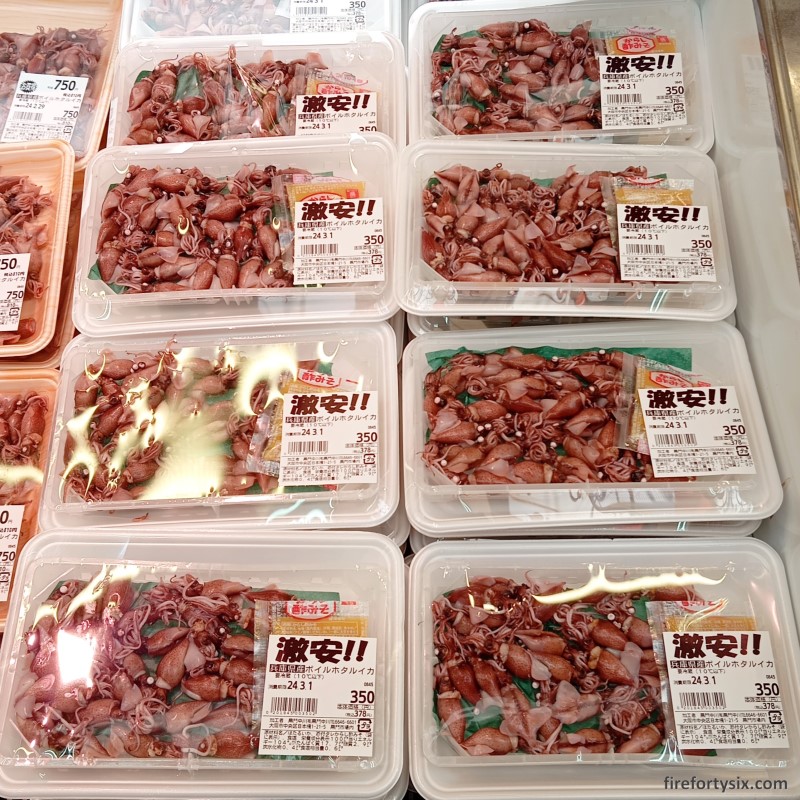
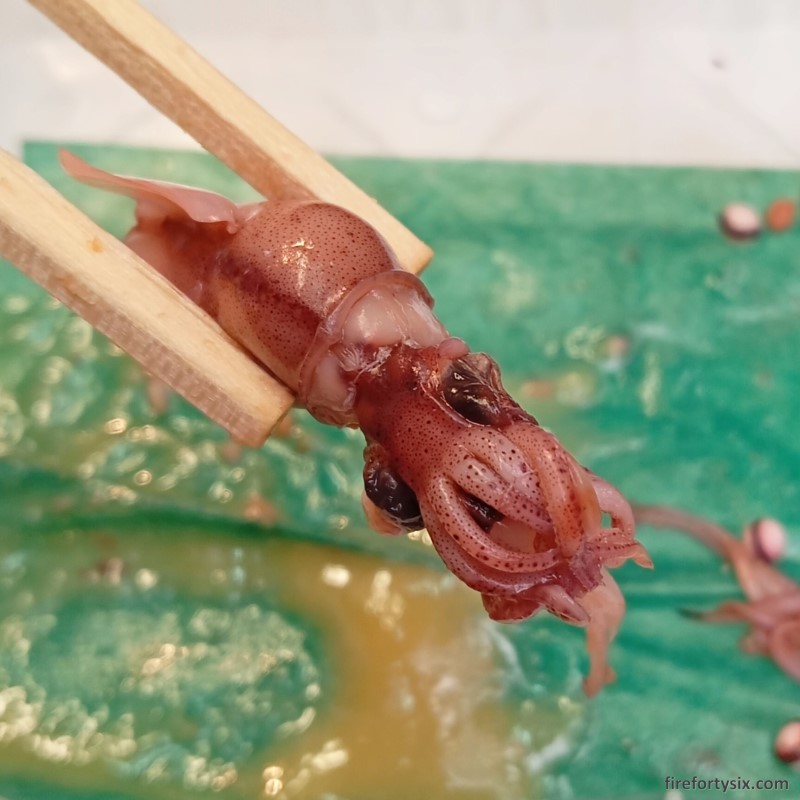
It was an unexpected surprise. One that I couldn’t have anticipated when we spontaneously walked into a random supermarket in Osaka.
If Forrest Gump had made a trip to Japan, he probably would have said: “Life is like a Japanese supamaketto. You never know what you’re gonna to get.”
